Lovebug Invasion: How Seoul Is Battling a New Pest Problem
Introduction
In the summer of 2025, the city of Seoul found itself facing an unexpected challenge—not from a dangerous predator or a deadly virus, but from swarms of tiny, harmless insects known as “lovebugs.” While they do not bite, sting, or spread disease, their sheer numbers have disrupted daily life, caused headaches for public officials, and sparked debates about pest control and urban planning. Let’s explore the story of Seoul’s lovebug invasion and what it means for city dwellers and pest management around the world.
What Are Lovebugs?
Lovebugs (Plecia longiforceps) are small, black flies known for their unique mating behavior—adults often fly coupled together in pairs.
-
Native Range: Common in parts of East Asia.
-
Behavior: Harmless to humans and animals; their larvae feed on decaying plant matter, making them useful in recycling organic waste.
Why Did the Invasion Happen?
This year’s unusually warm temperatures, combined with urban heat islands (areas where city infrastructure causes temperatures to rise), created perfect breeding conditions for lovebugs.
-
Massive Swarms: Parks, trails, and neighborhoods were suddenly filled with thousands of these insects.
-
No Direct Harm: While lovebugs don’t pose health risks, their numbers made outdoor activities uncomfortable and led to complaints from residents.
The Public Reaction
The sudden surge of lovebugs created a stir in Seoul:
-
Social Media Outcry: Pictures and videos of sidewalks, lamp posts, and benches covered in bugs went viral.
-
Daily Disruptions: Outdoor workers, joggers, and families found it hard to avoid the swarms.
-
Calls for Action: Residents asked city officials to address the infestation and prevent future outbreaks.
City Response: Non-Chemical Pest Control
Seoul’s government responded quickly, but with an important twist—they prioritized eco-friendly, non-chemical methods:
-
Water Sprays: City workers used water jets to clear bugs from public spaces.
-
Light Traps: Special traps using light helped lure and capture lovebugs.
-
Natural Predators: Authorities encouraged creating bird-friendly habitats, since birds naturally feed on lovebugs.
-
Public Awareness: Campaigns reminded residents that lovebugs are harmless and will disappear on their own in a few weeks.
Why Not Use Pesticides?
While it might seem tempting to use chemical pesticides, Seoul’s leaders avoided this approach:
-
Environmental Impact: Pesticides could harm beneficial insects, birds, and pollinators.
-
Public Health: Overuse of chemicals in cities can affect air and water quality.
-
Sustainability: The city’s goal is to find long-term, eco-friendly solutions rather than short-term fixes.
Lessons for Other Cities
Seoul’s lovebug story holds important lessons for urban pest control worldwide:
-
Urban Heat Islands: As cities get warmer, unusual pest outbreaks may become more common.
-
Integrated Pest Management: Combining environmental changes, public education, and biological control is safer and more effective than relying on chemicals.
-
Community Involvement: Residents play a key role in reporting pests, keeping green spaces clean, and supporting eco-friendly practices.
Conclusion
The 2025 lovebug invasion in Seoul may be more of a nuisance than a disaster, but it highlights the need for smart, sustainable pest control as cities grow and climates change. By embracing eco-friendly solutions and involving the community, cities like Seoul can keep both residents and the environment safe.
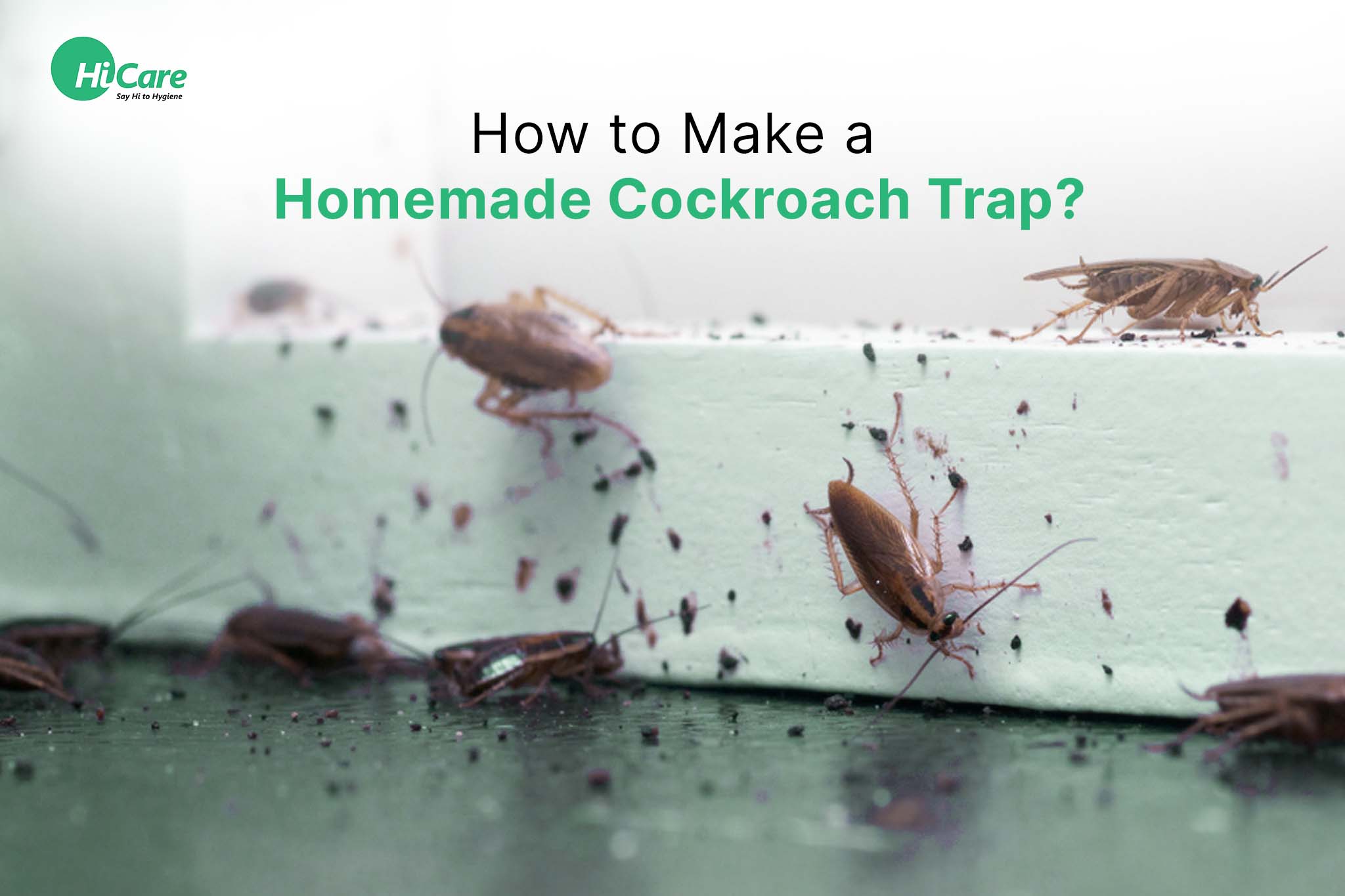
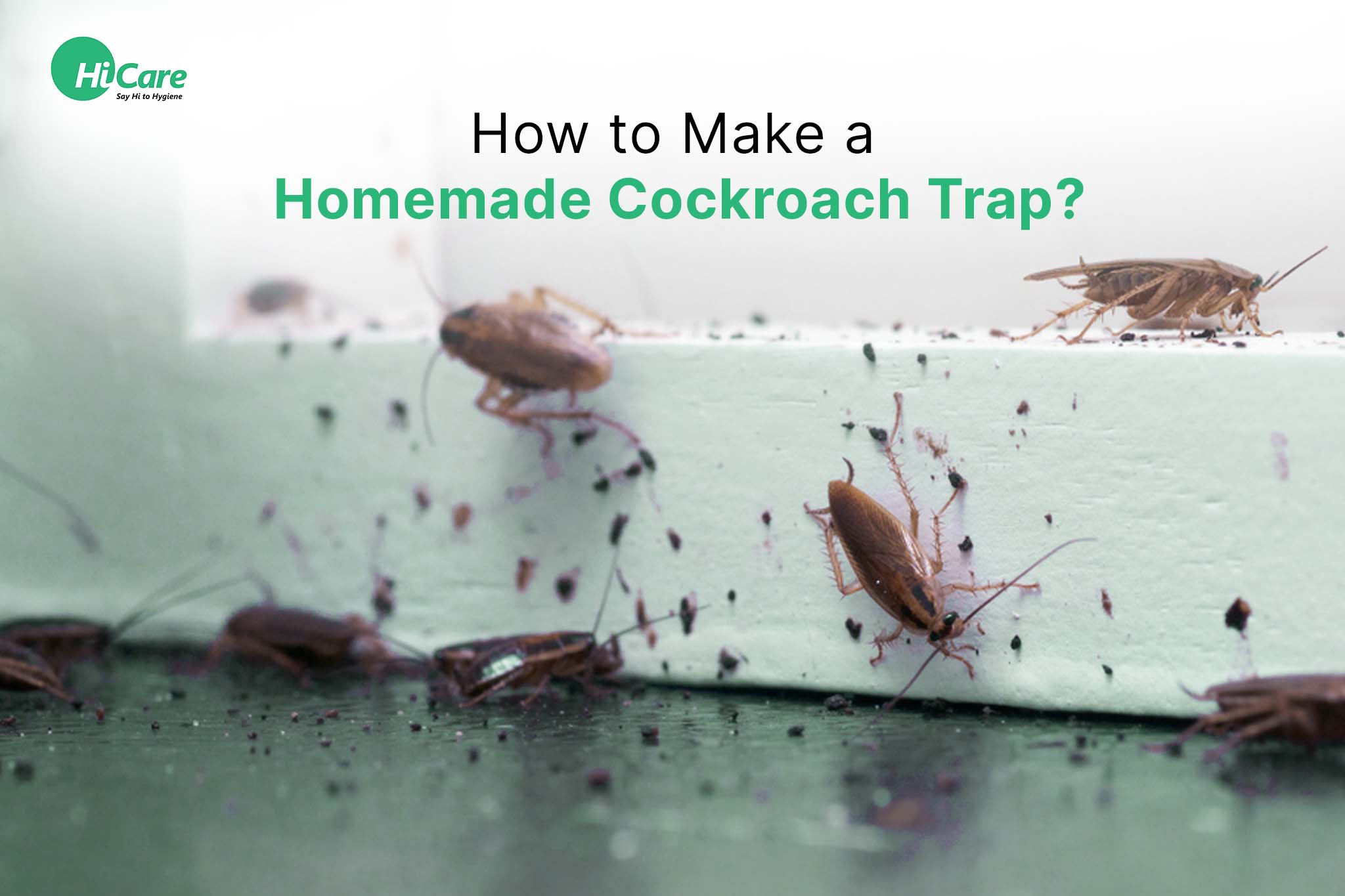
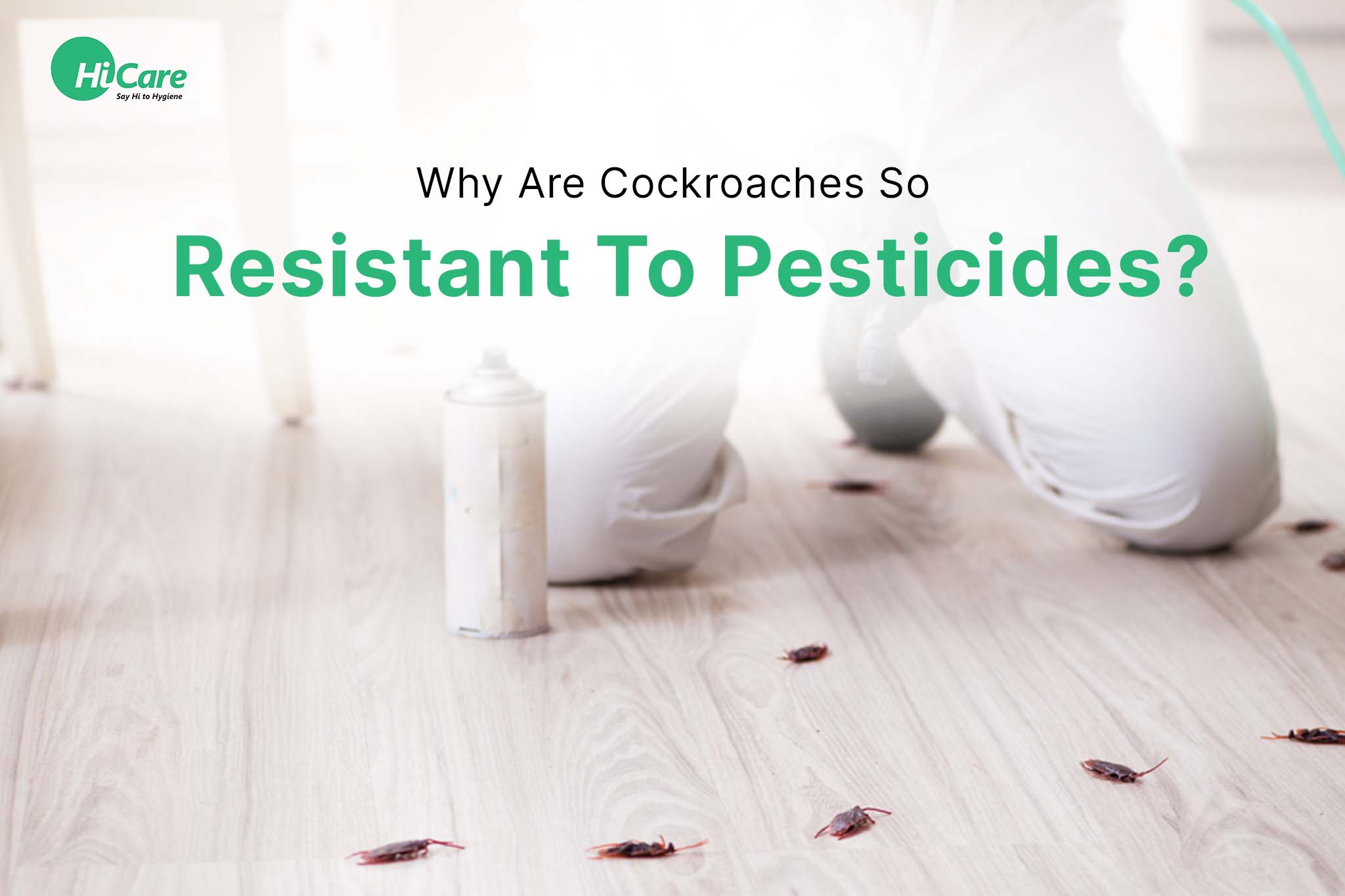









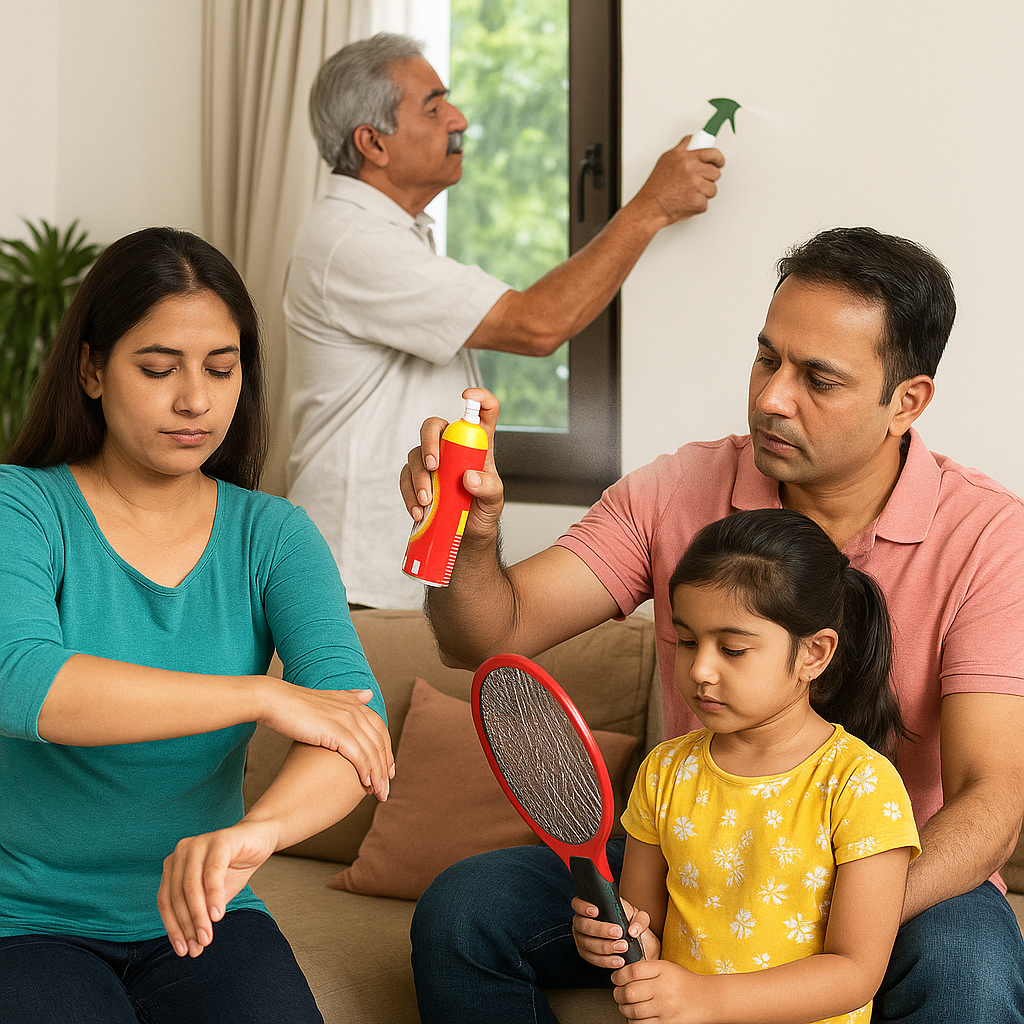
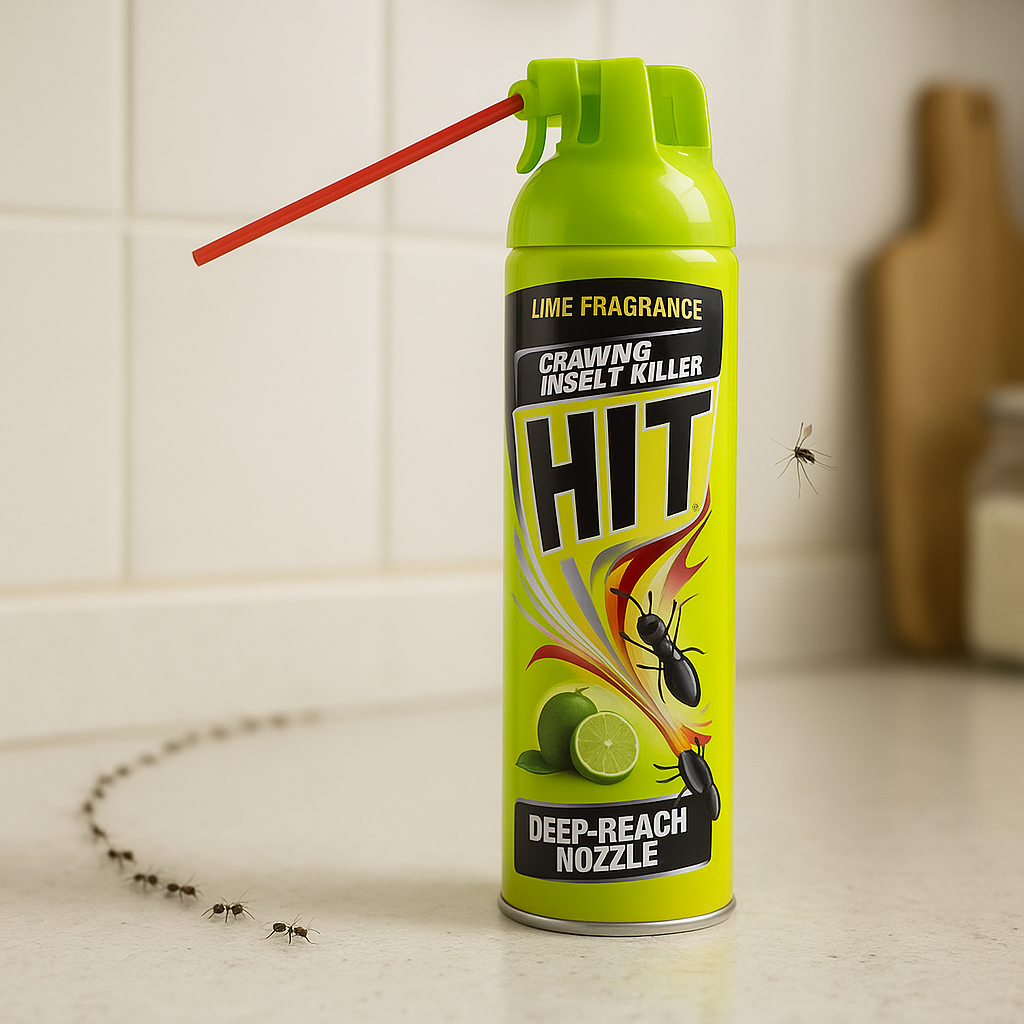
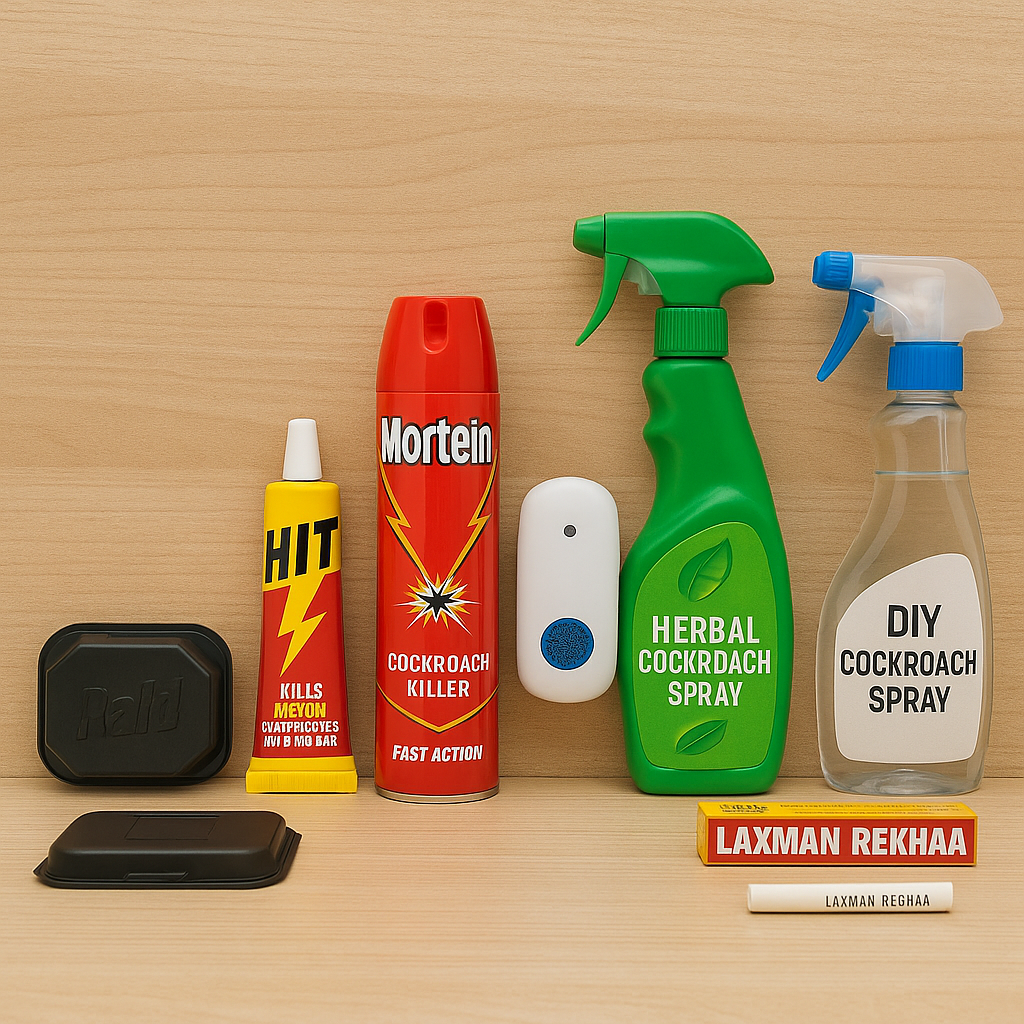
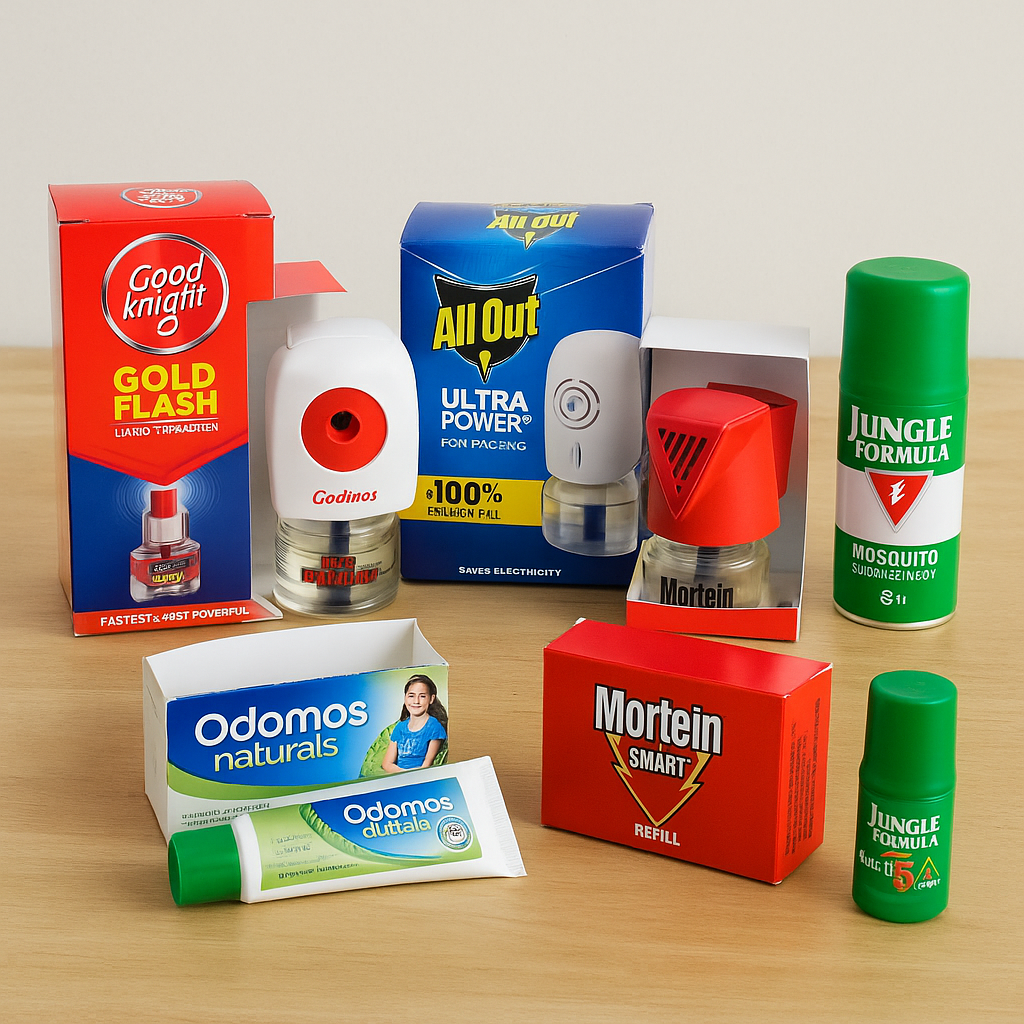
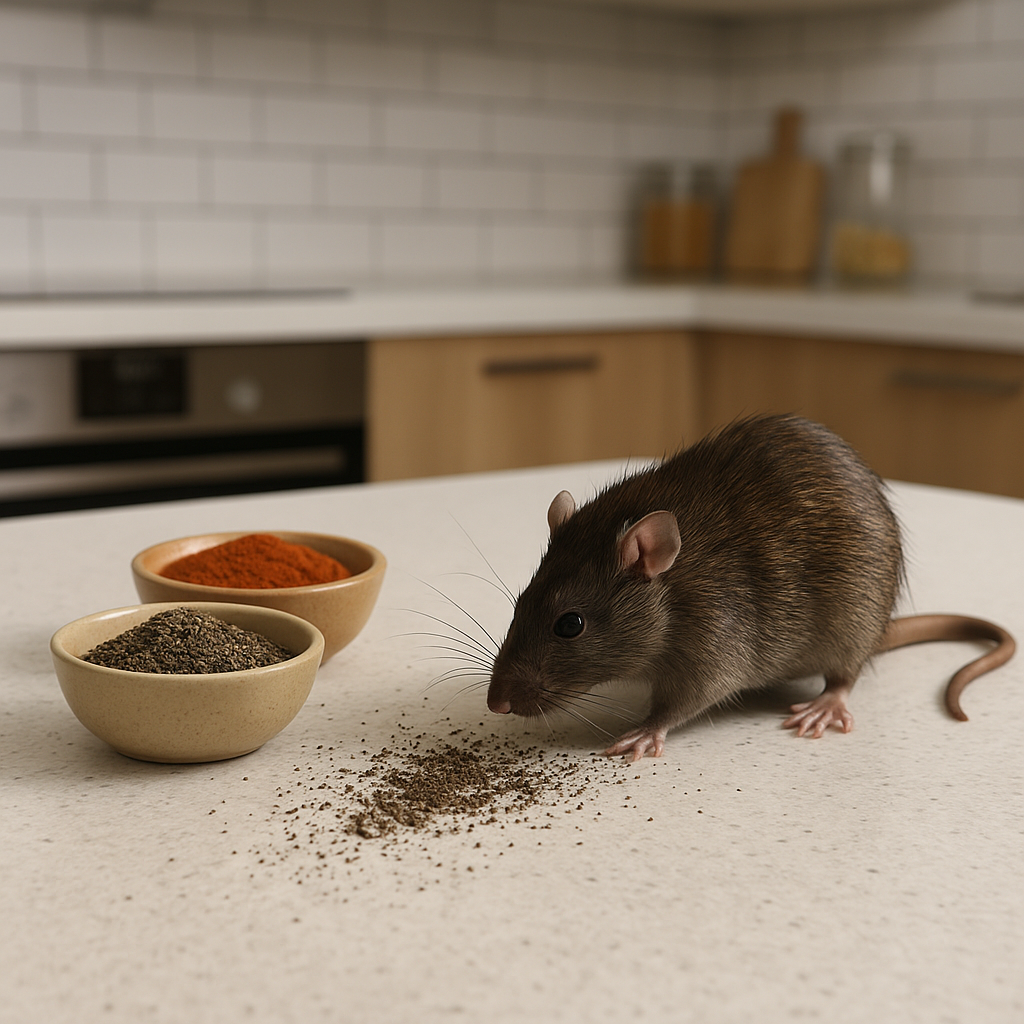
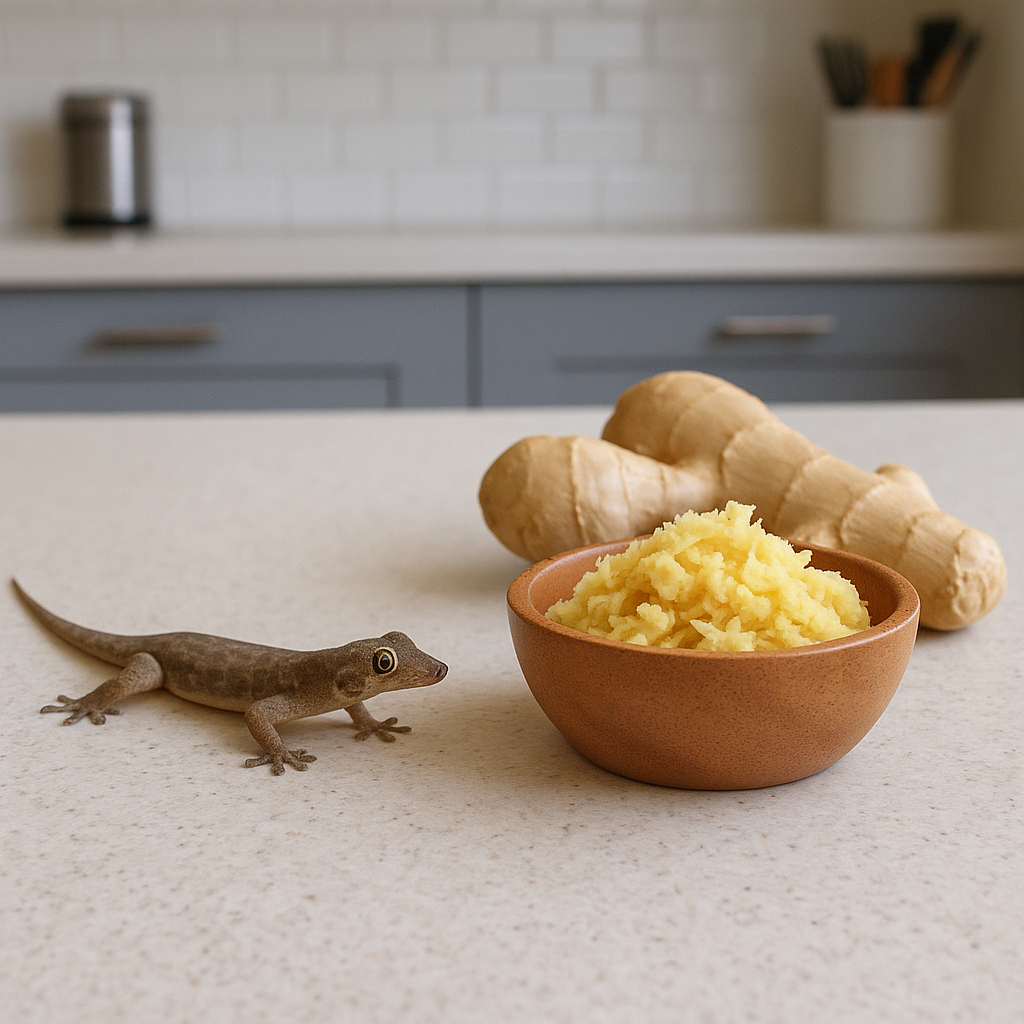
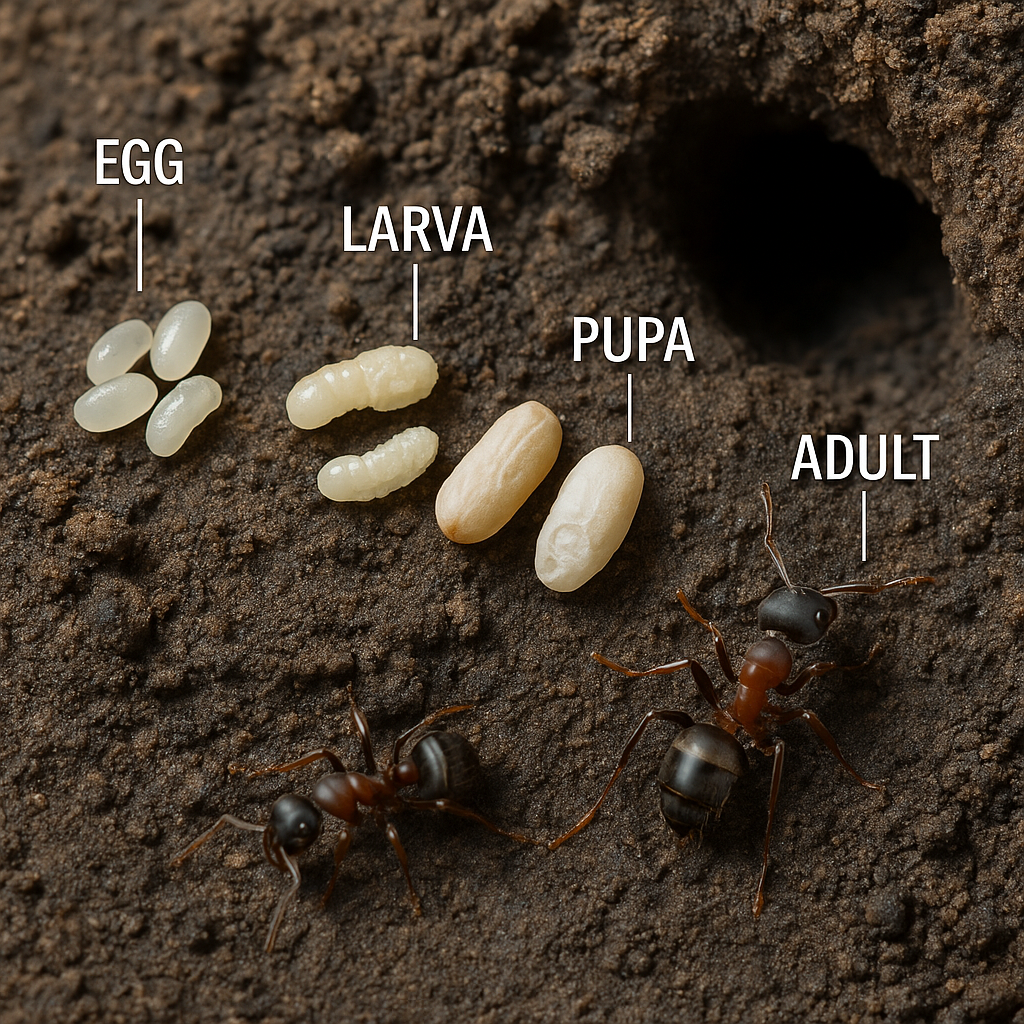
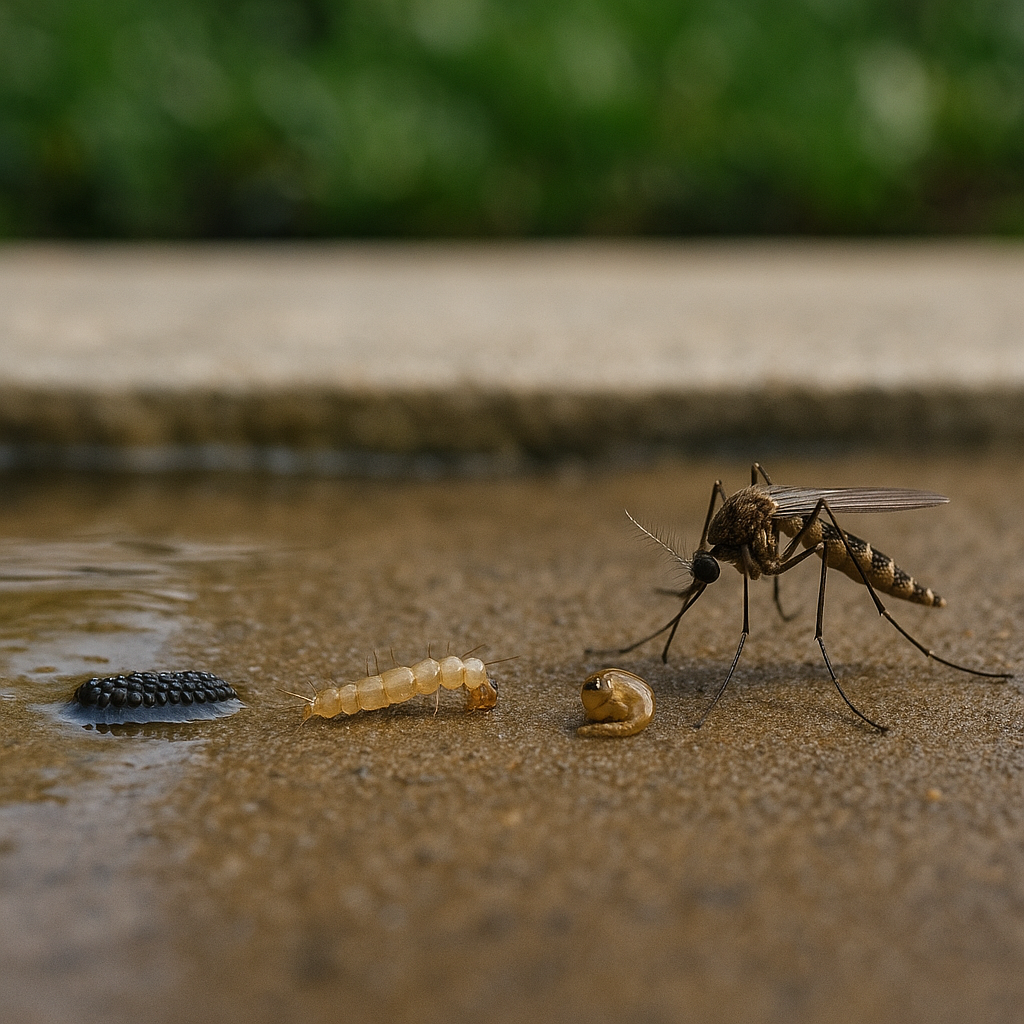
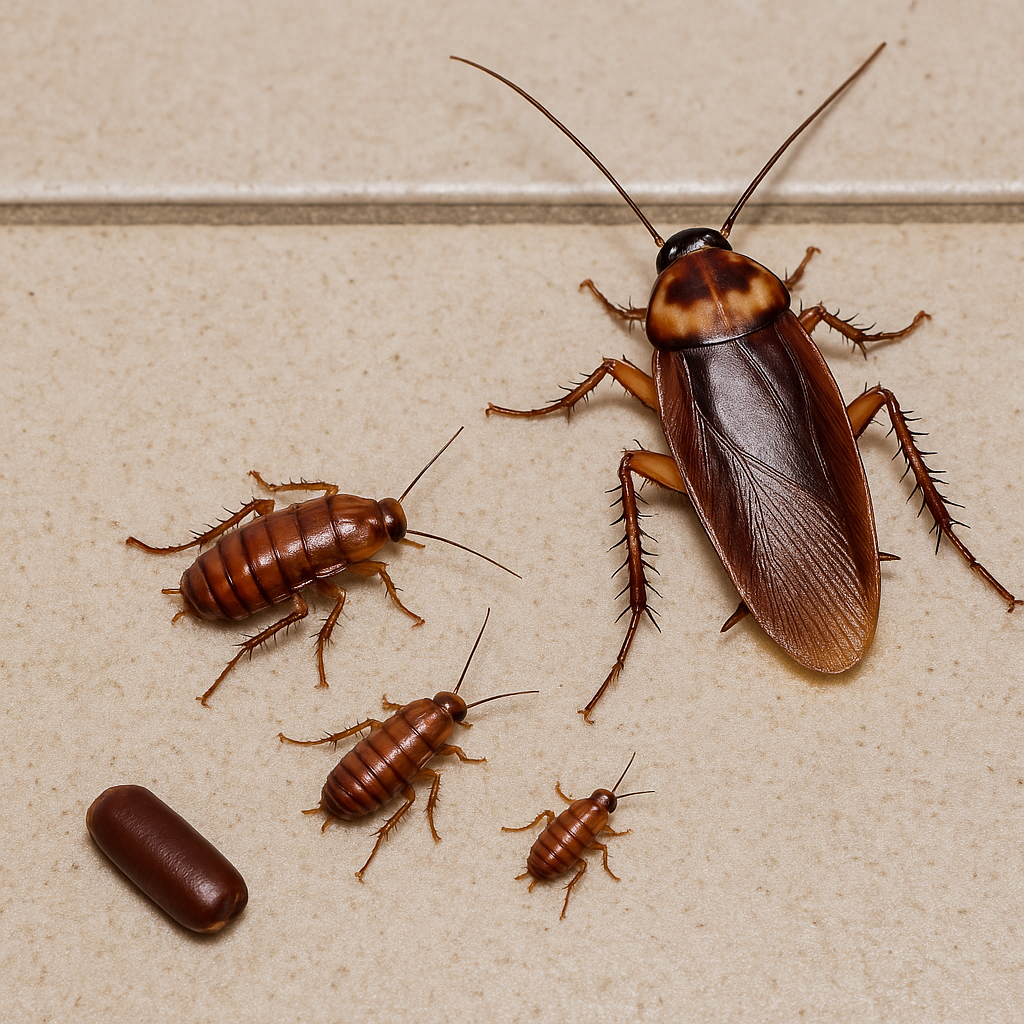
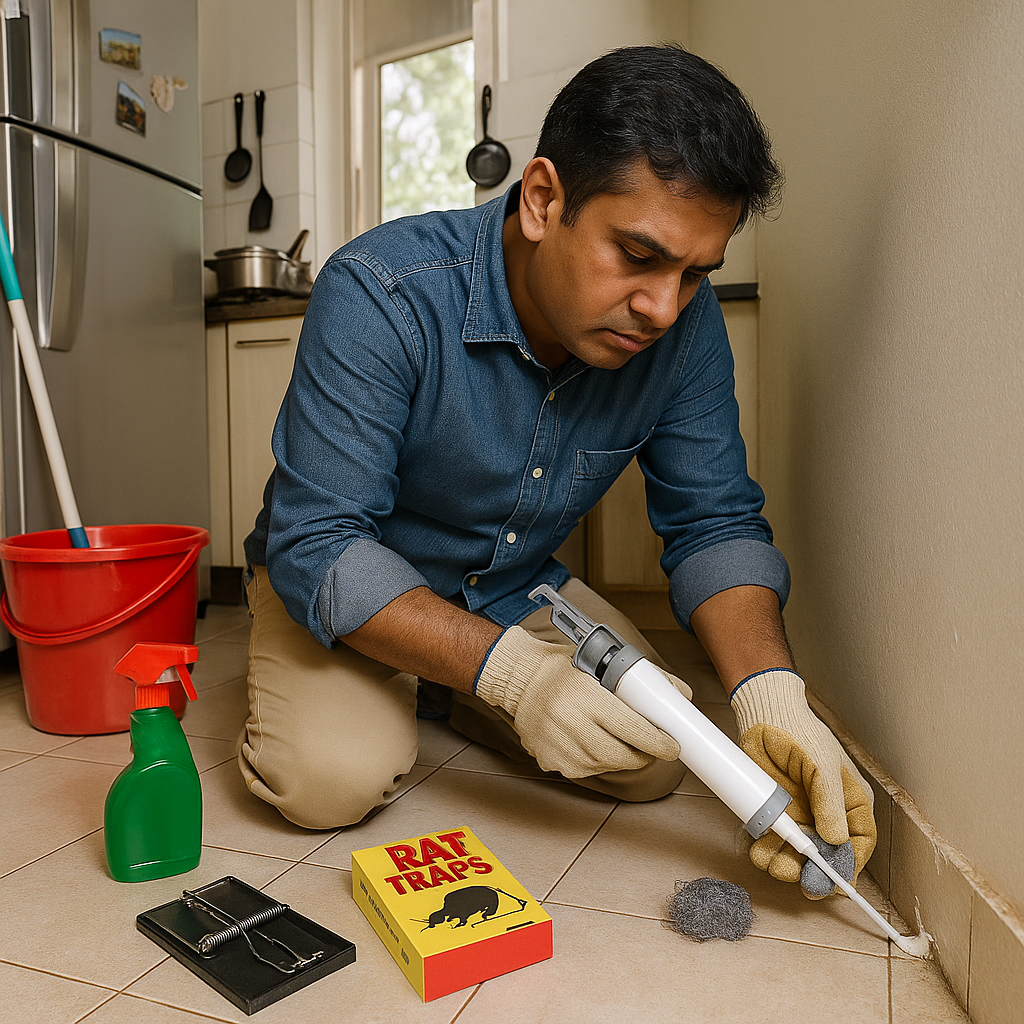
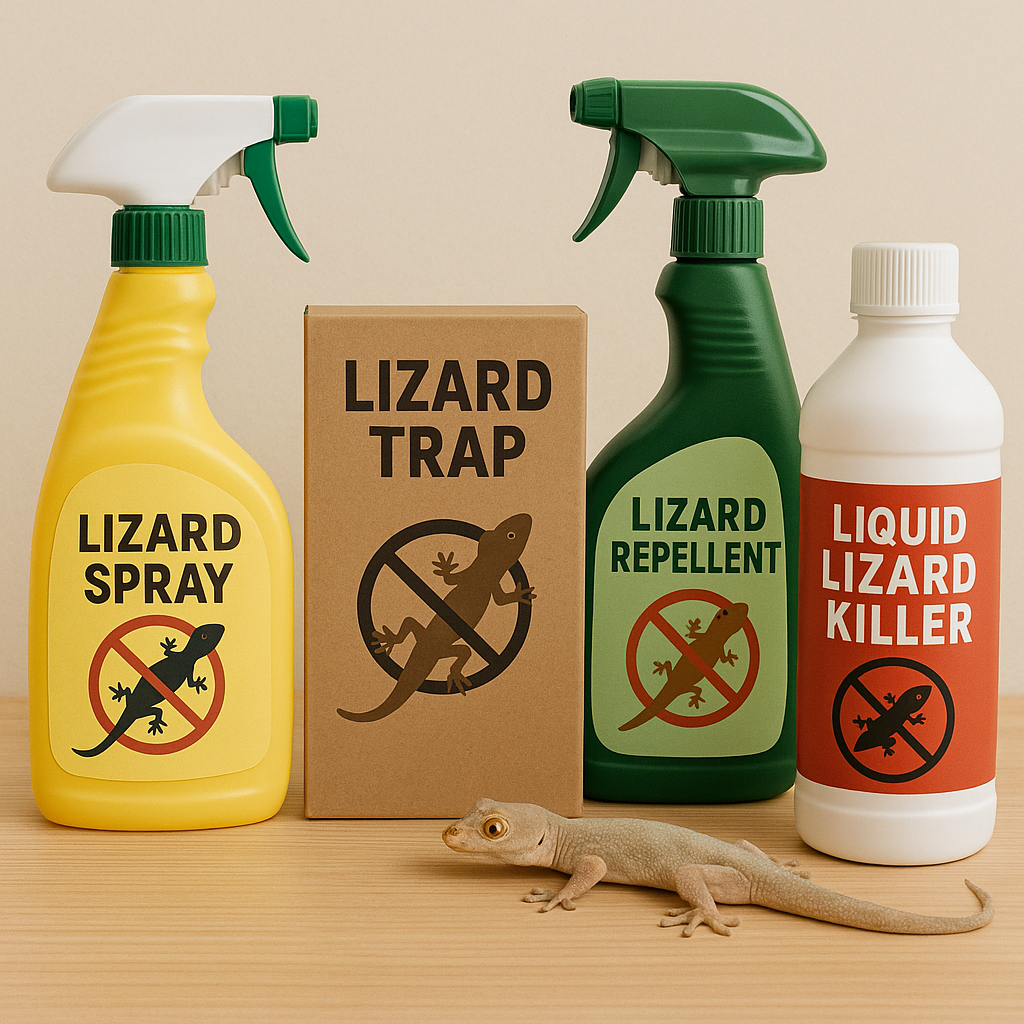
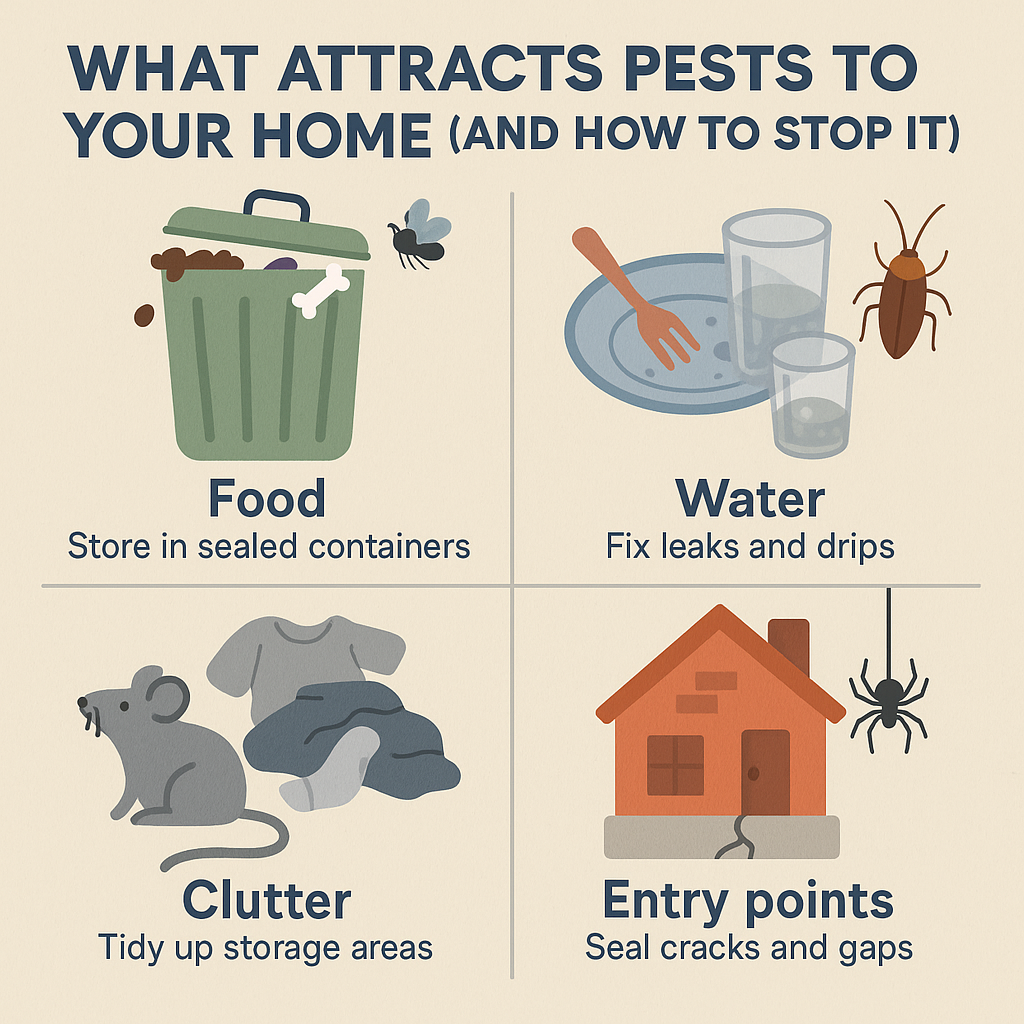


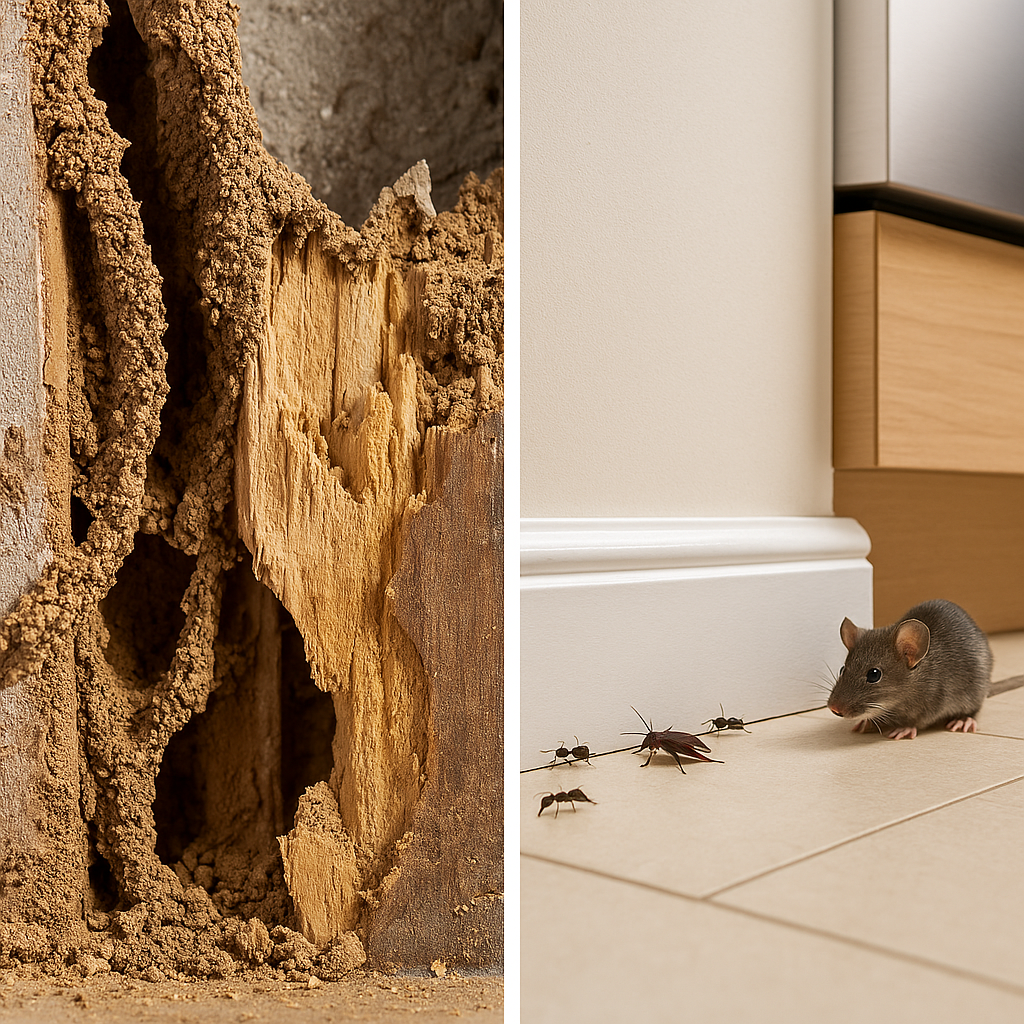
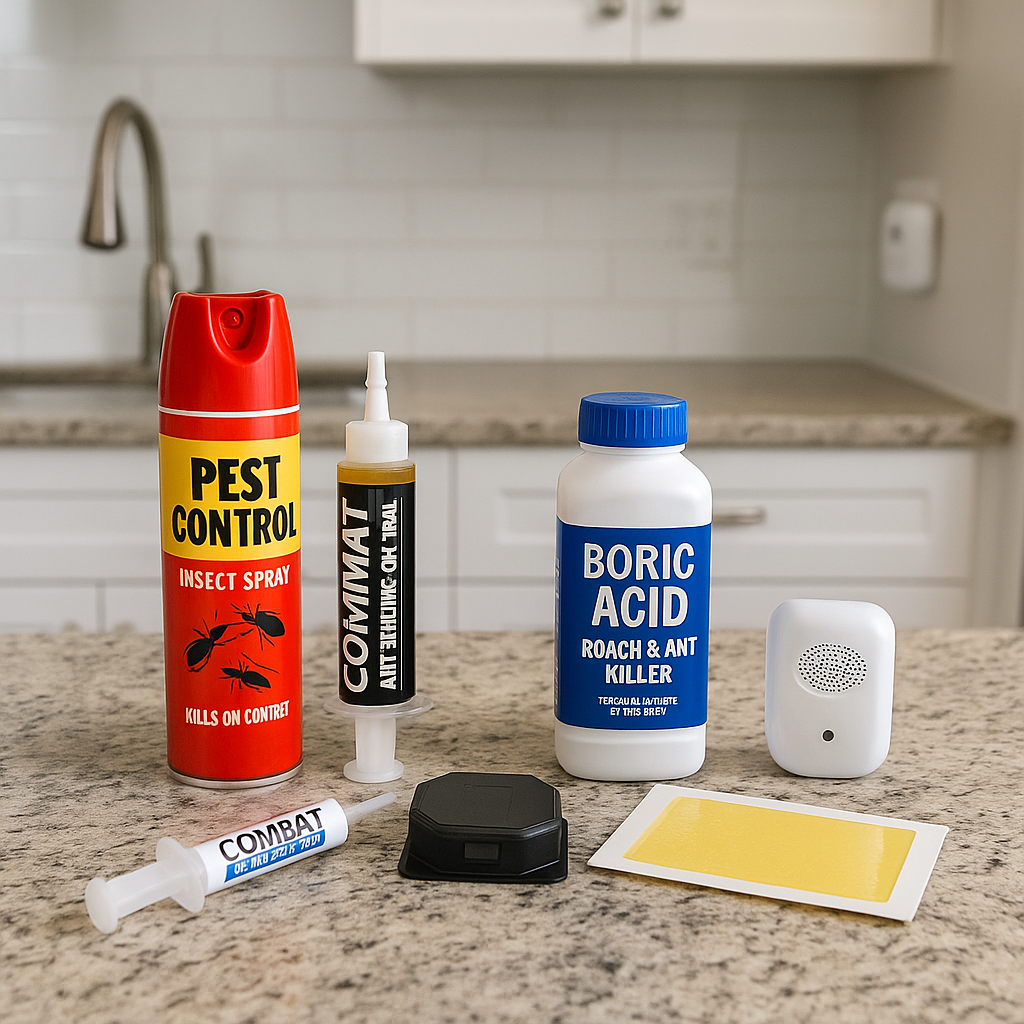

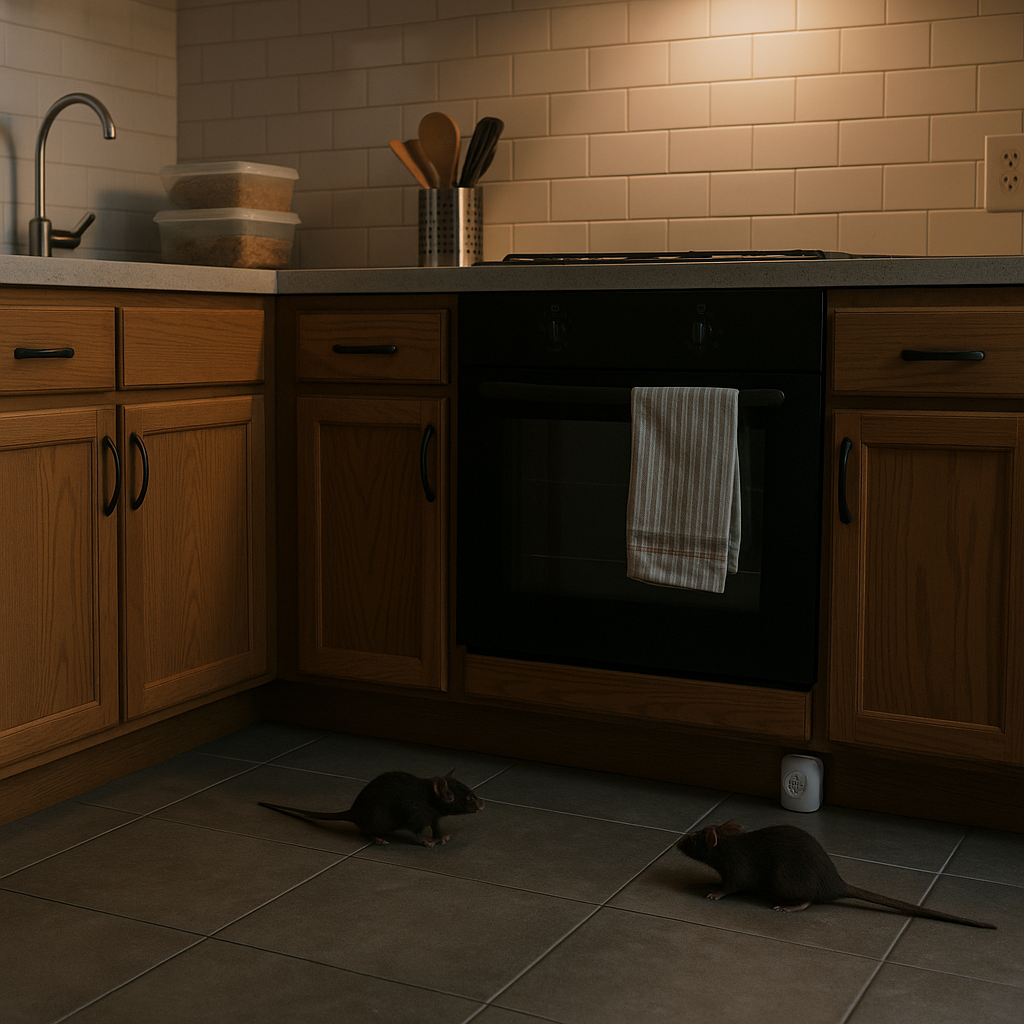
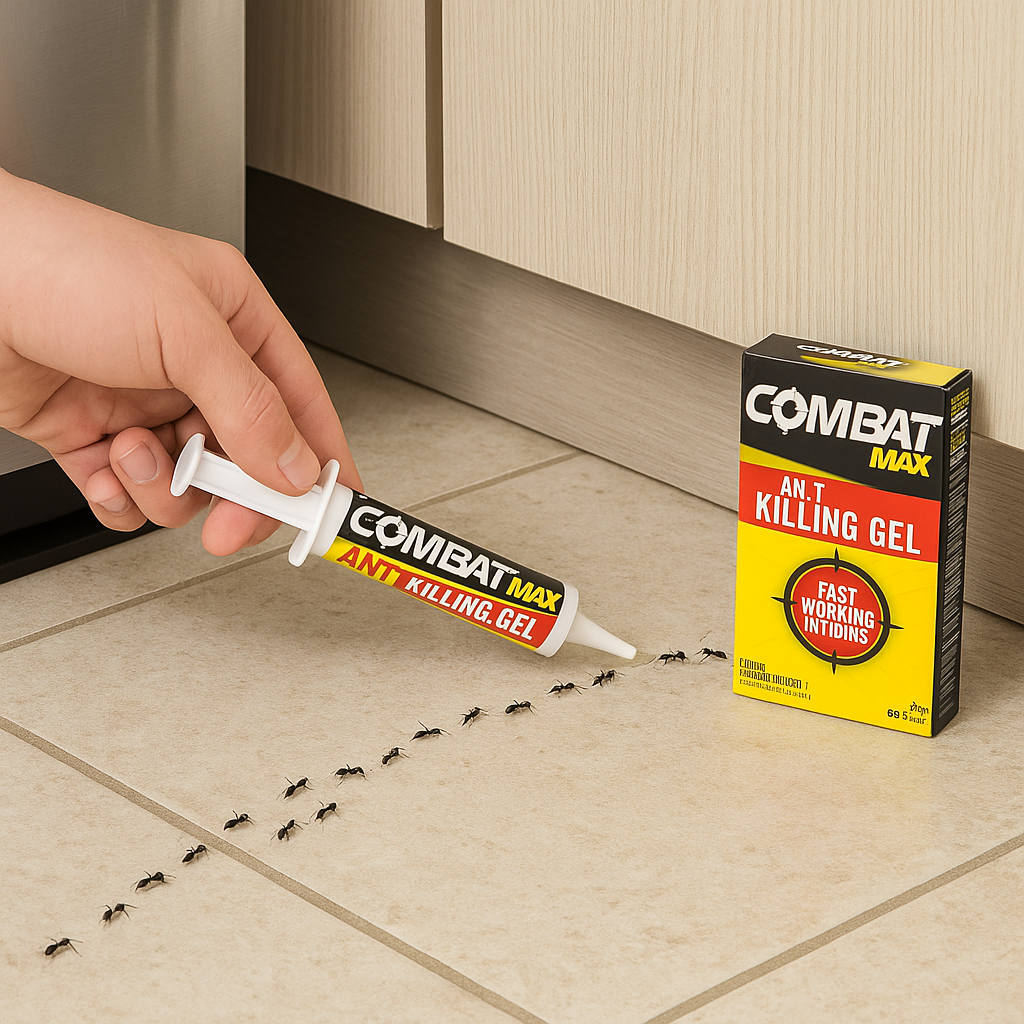
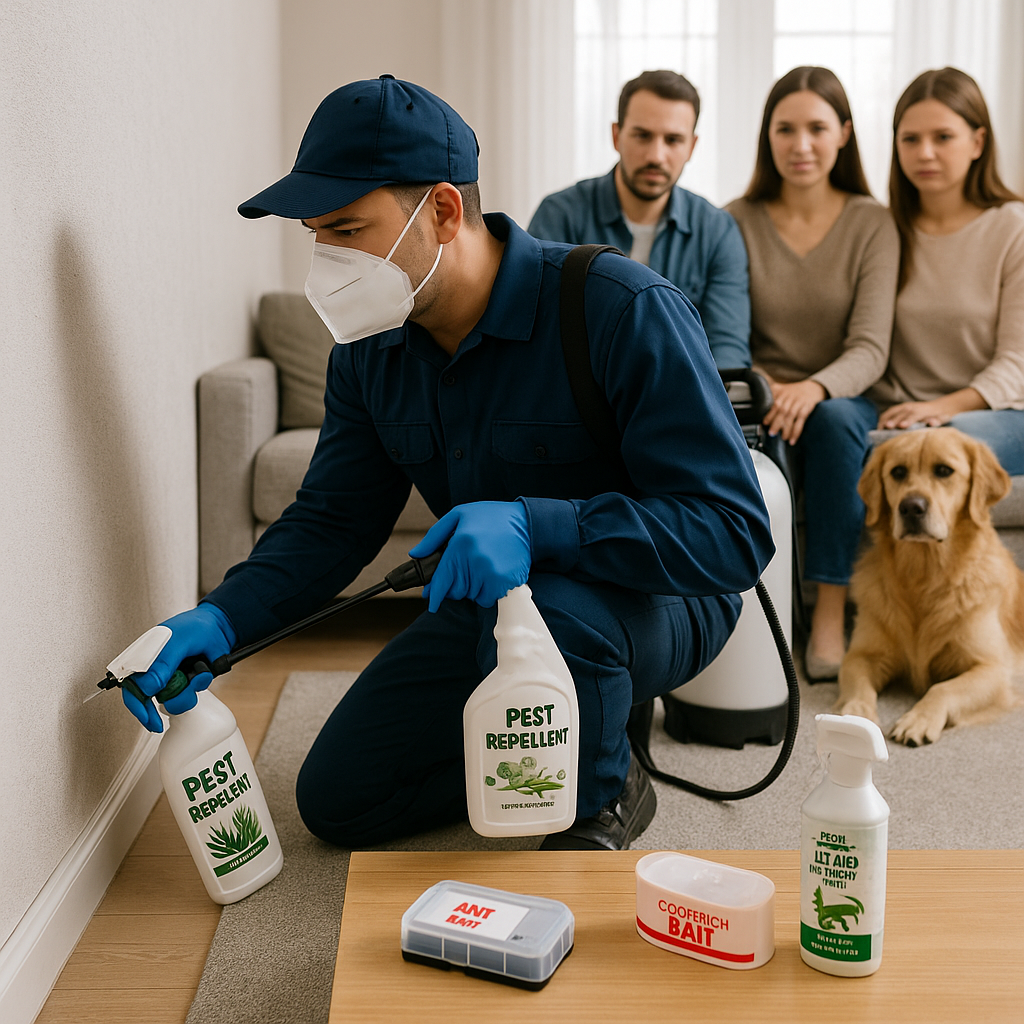

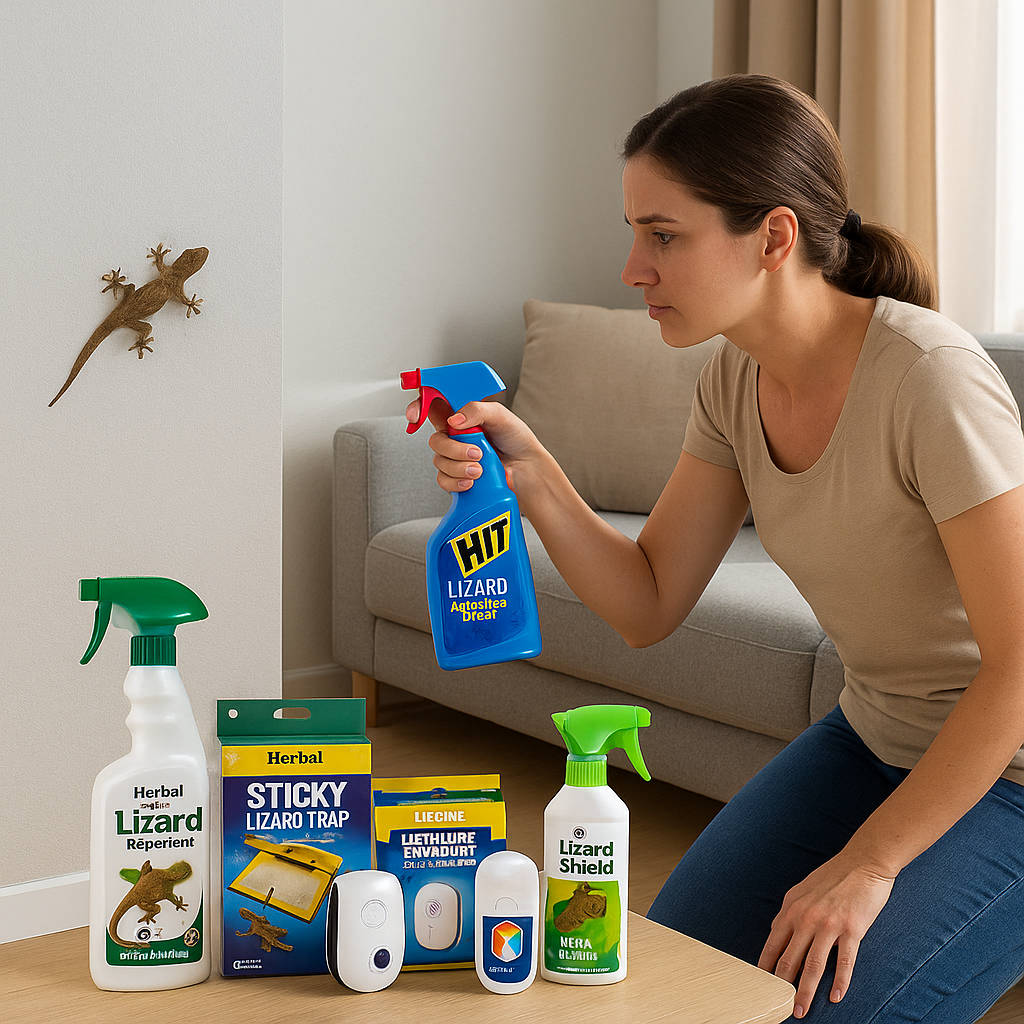



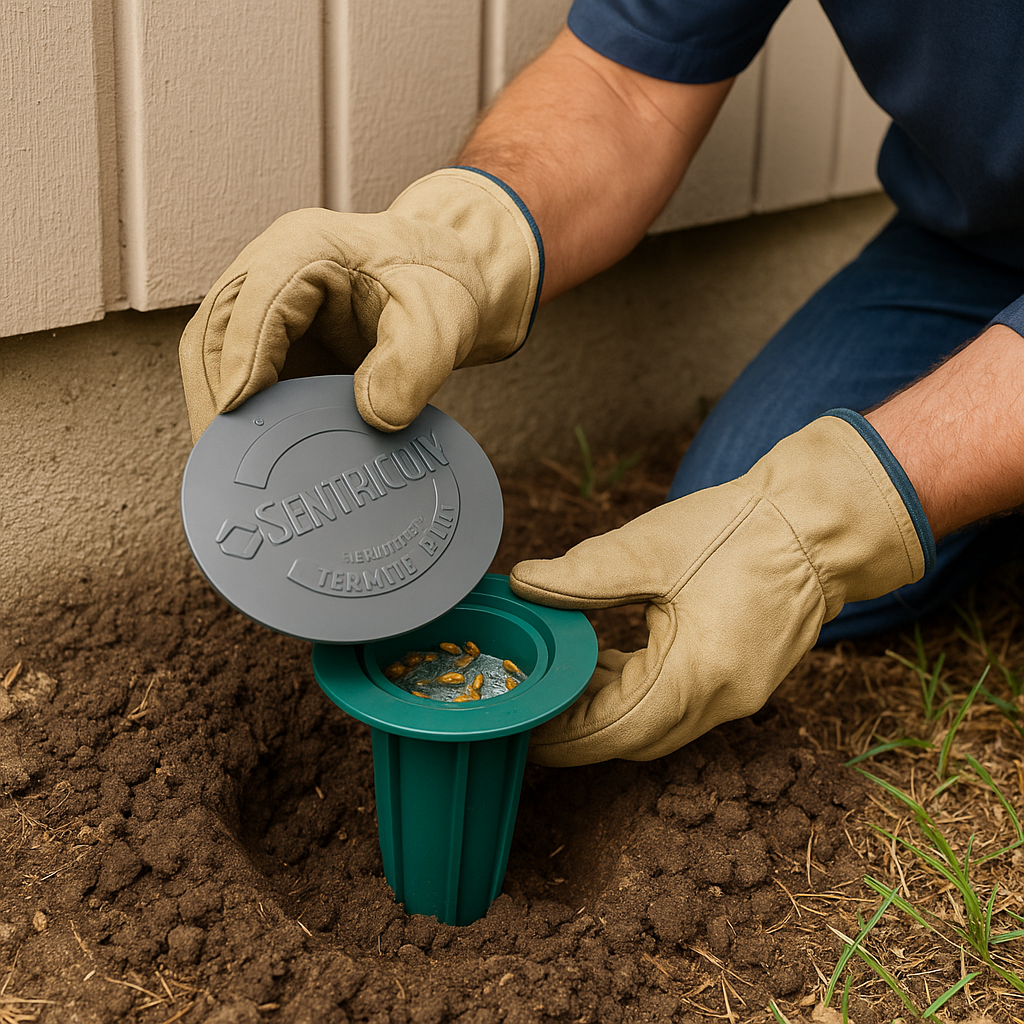

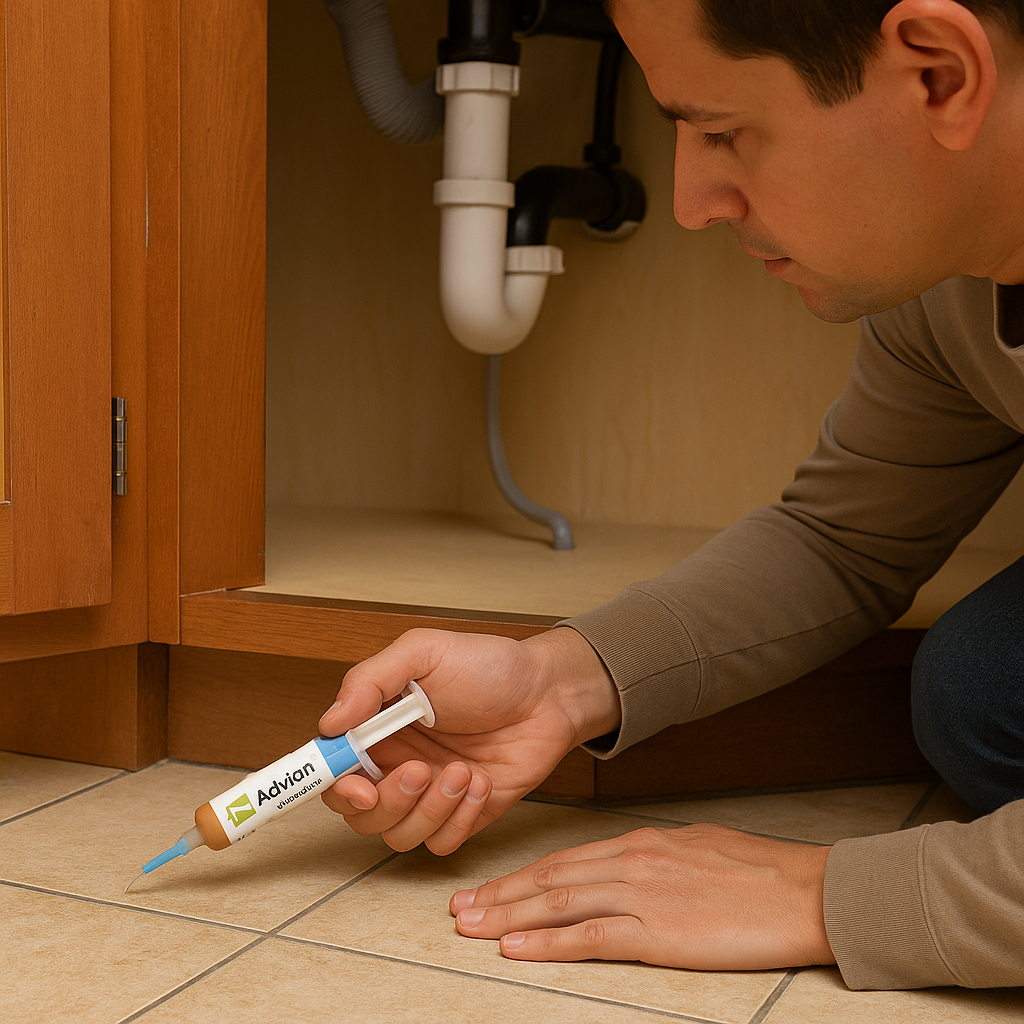
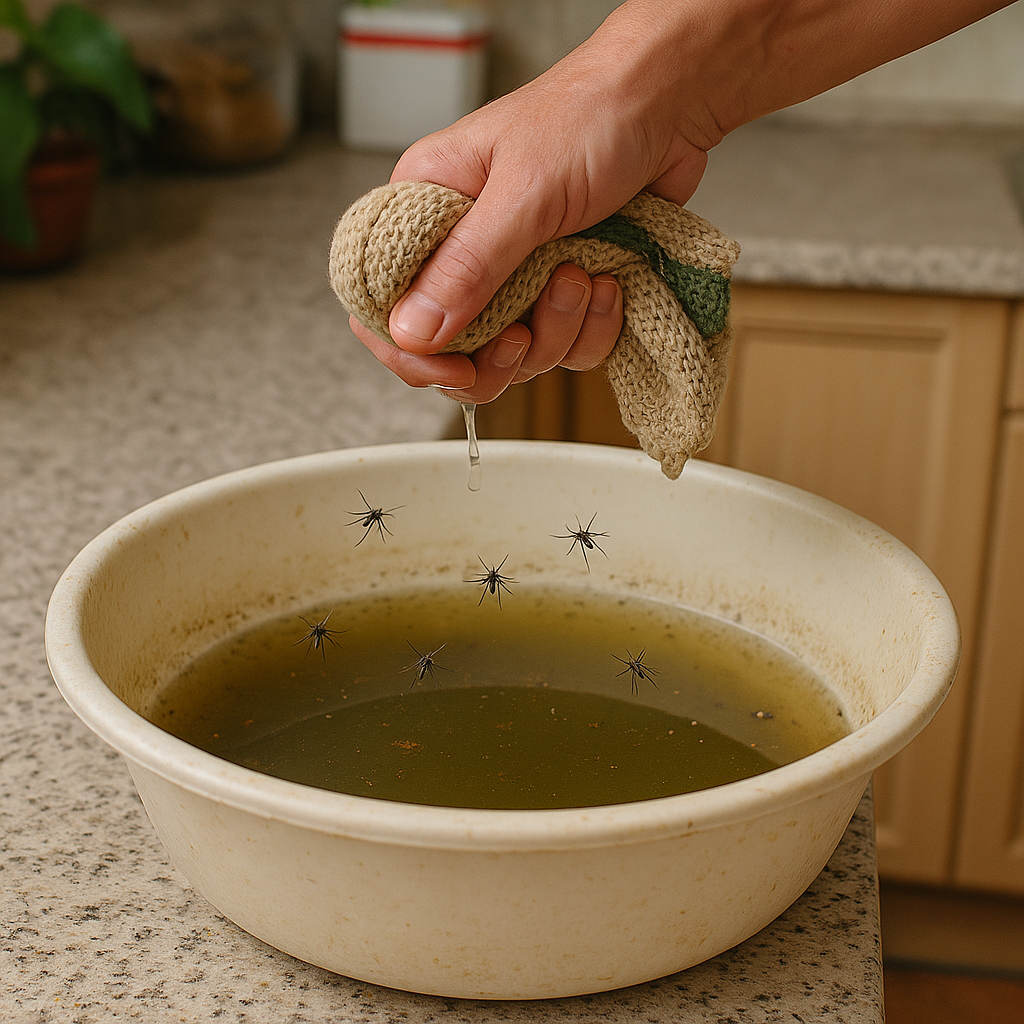


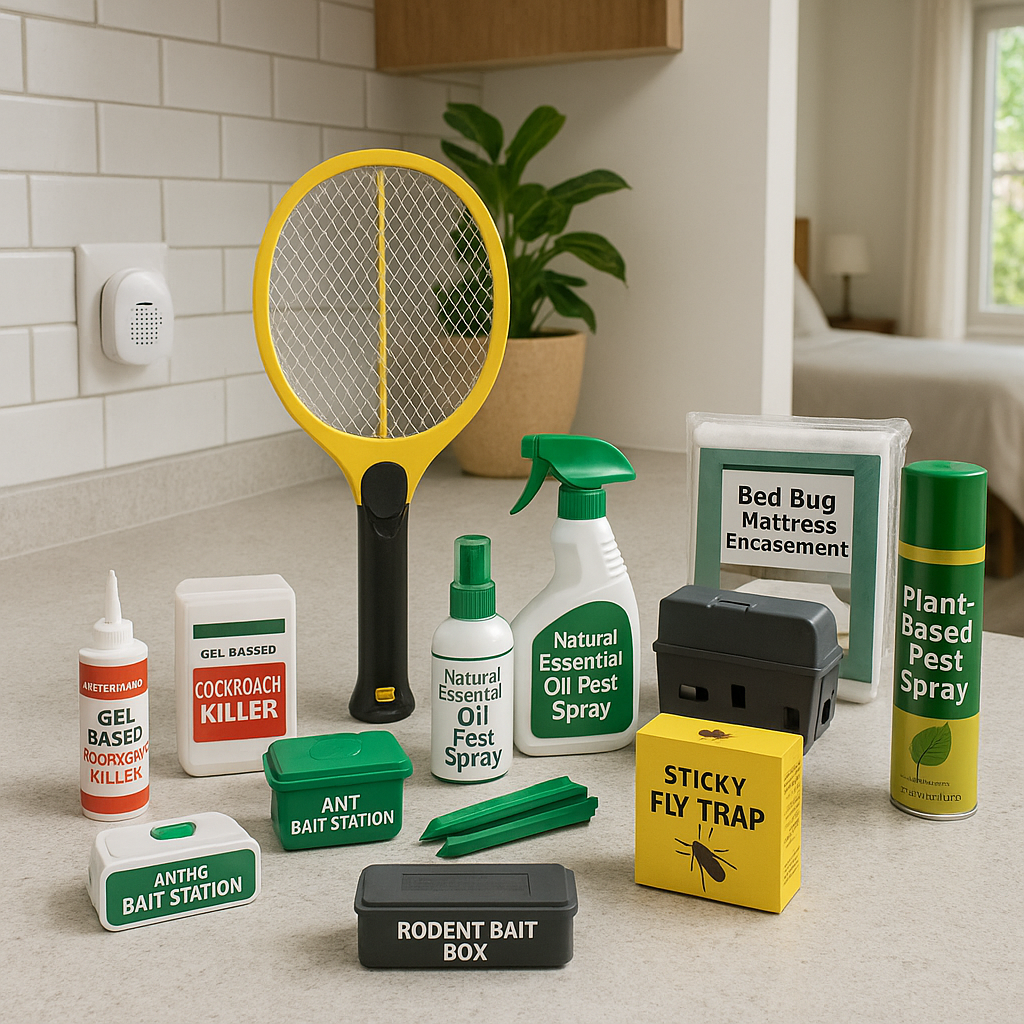



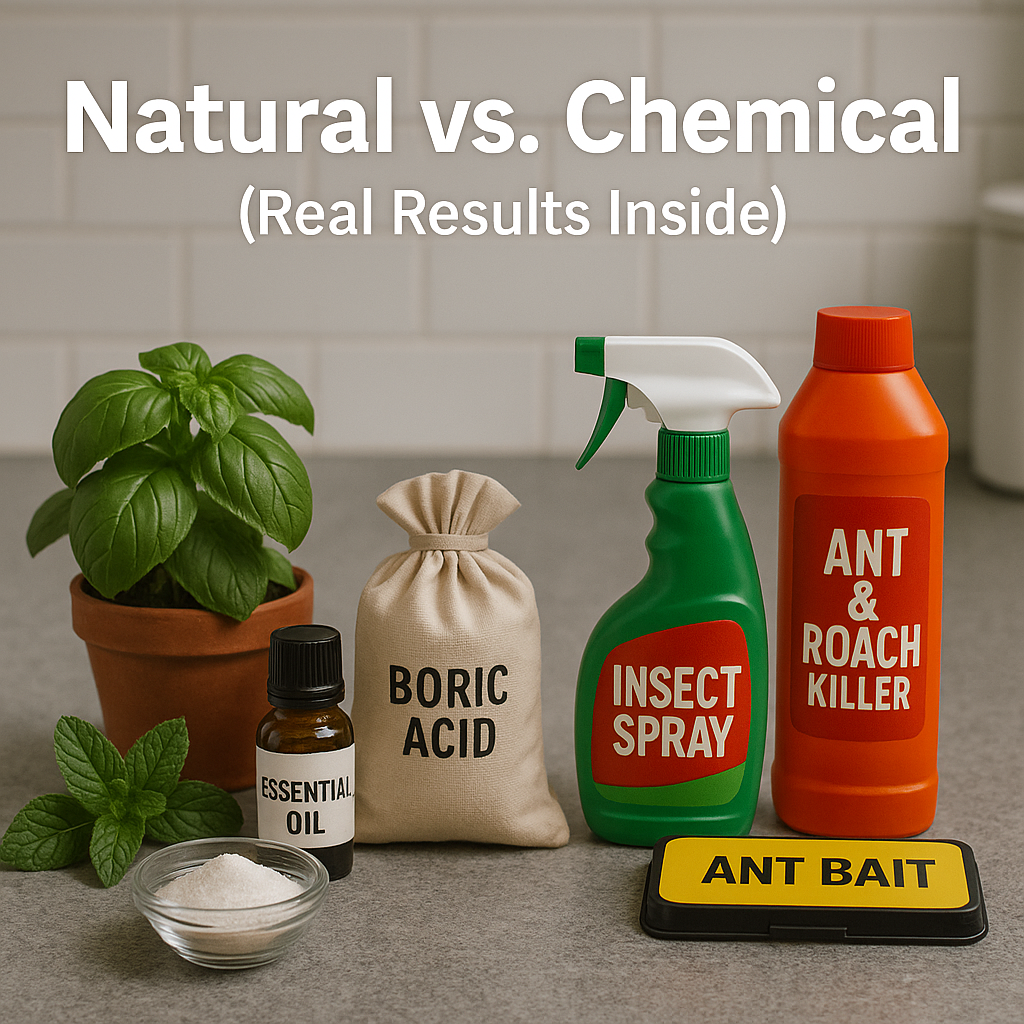
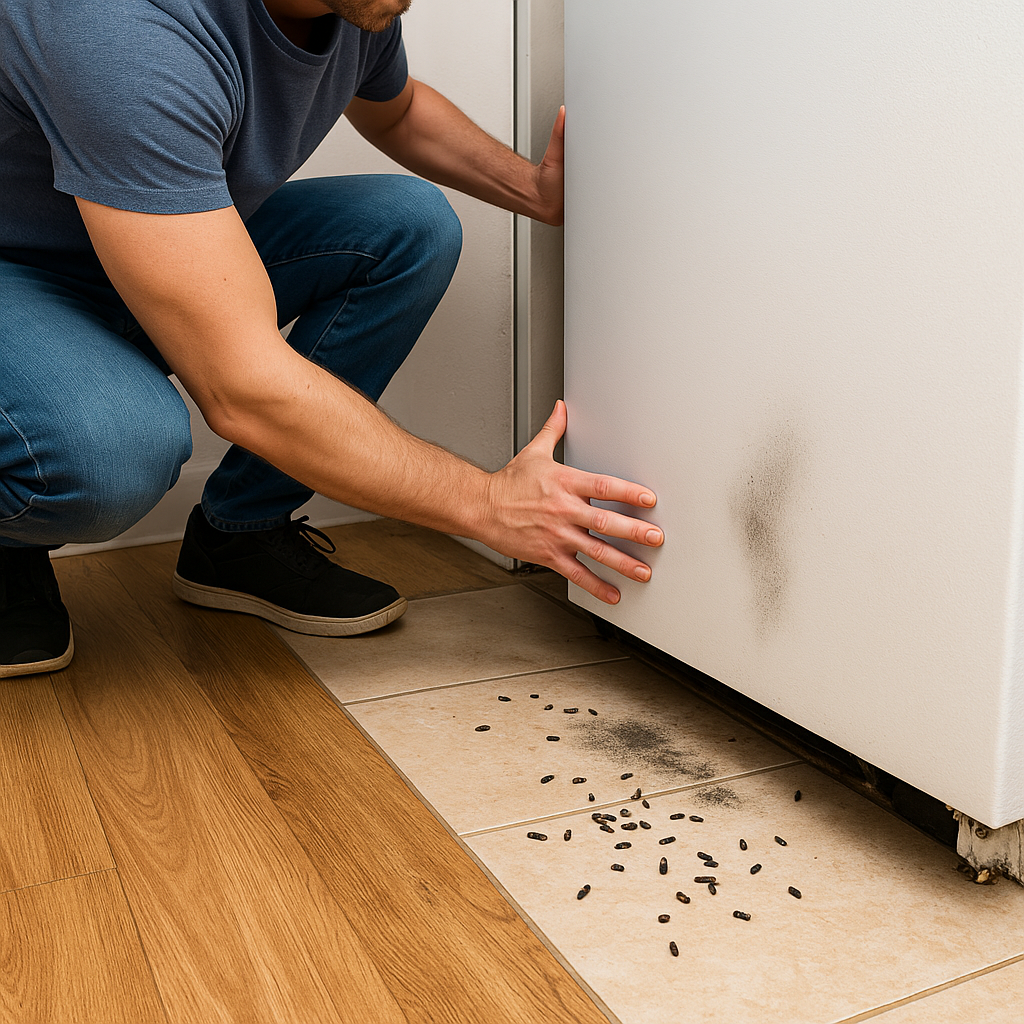

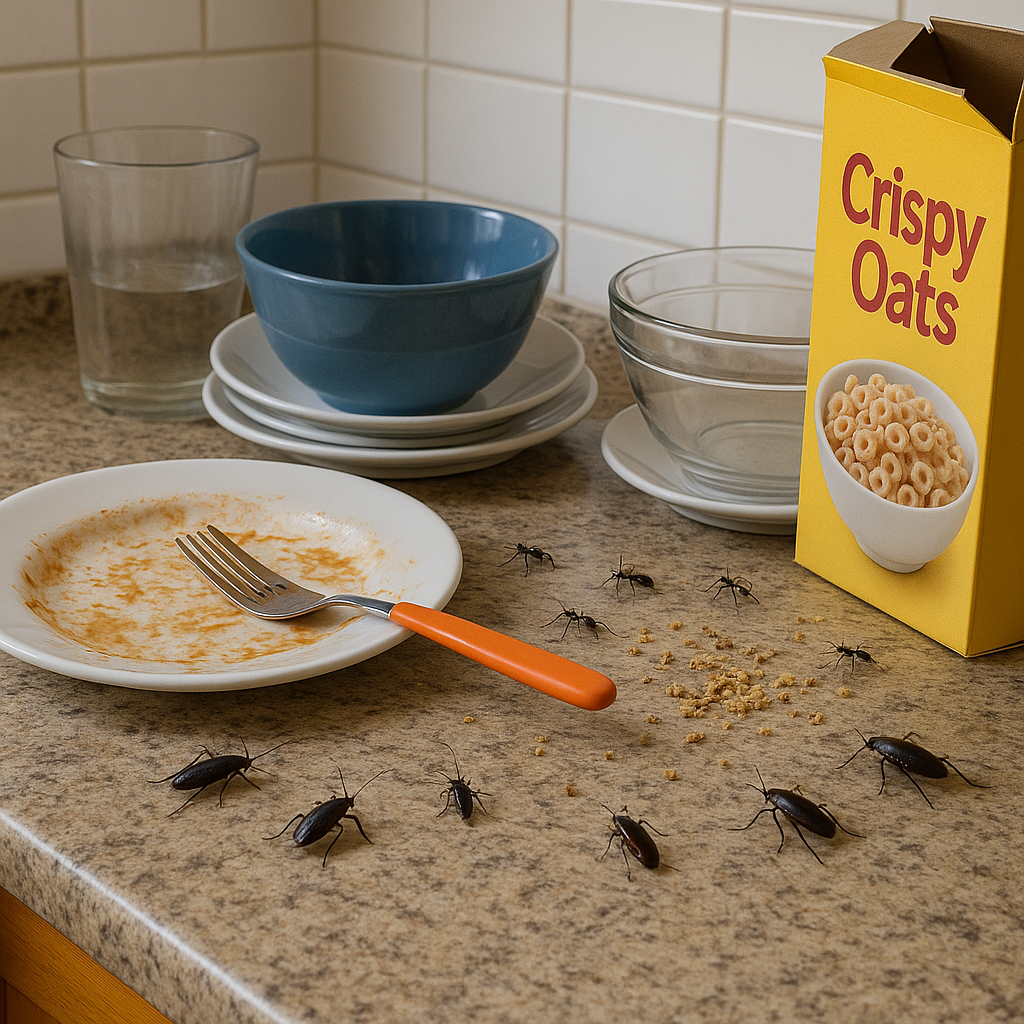
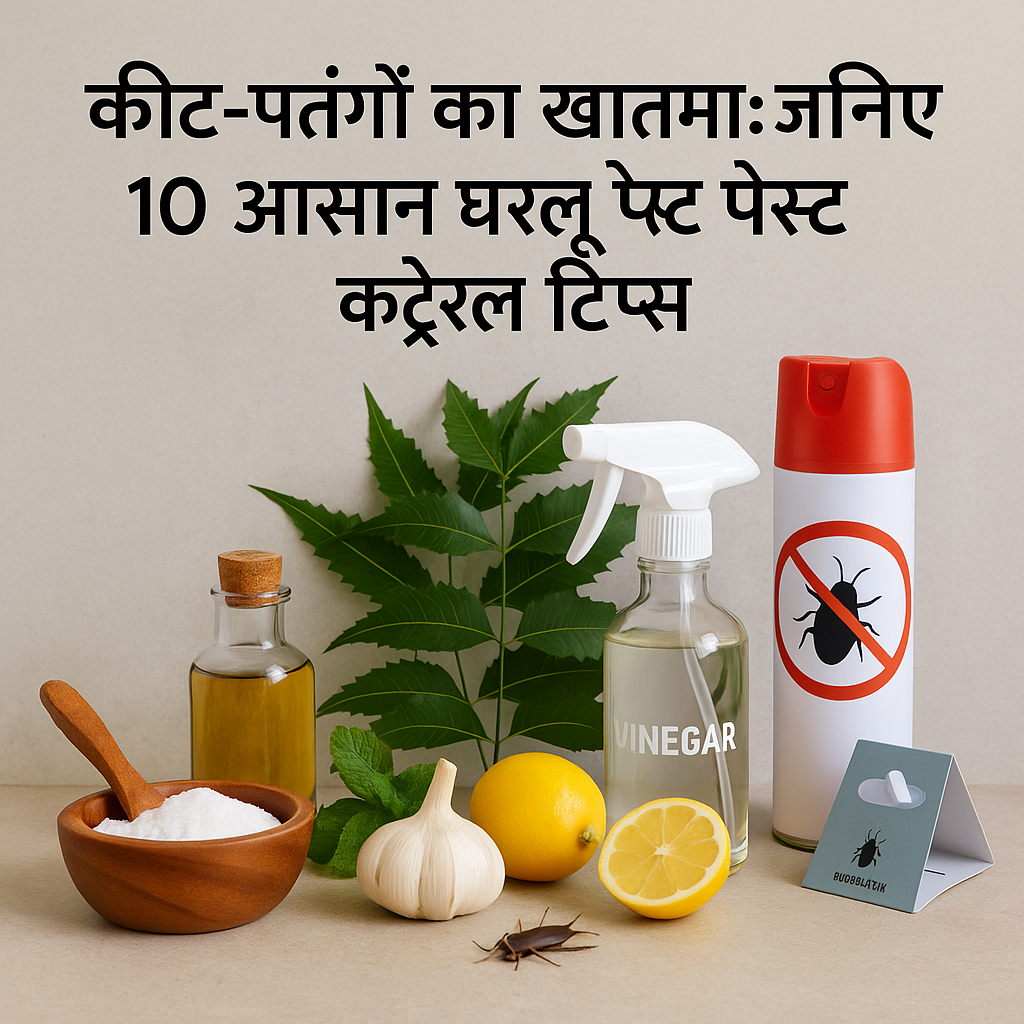
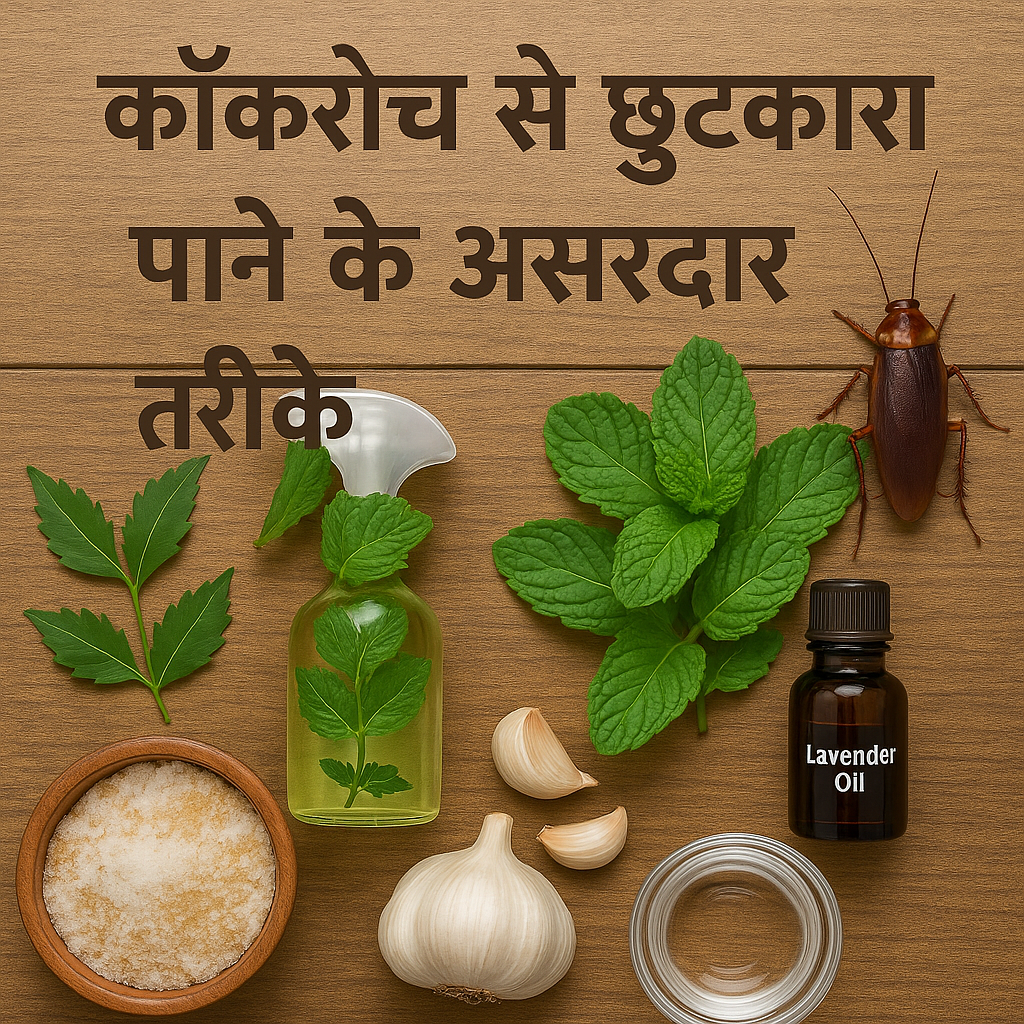


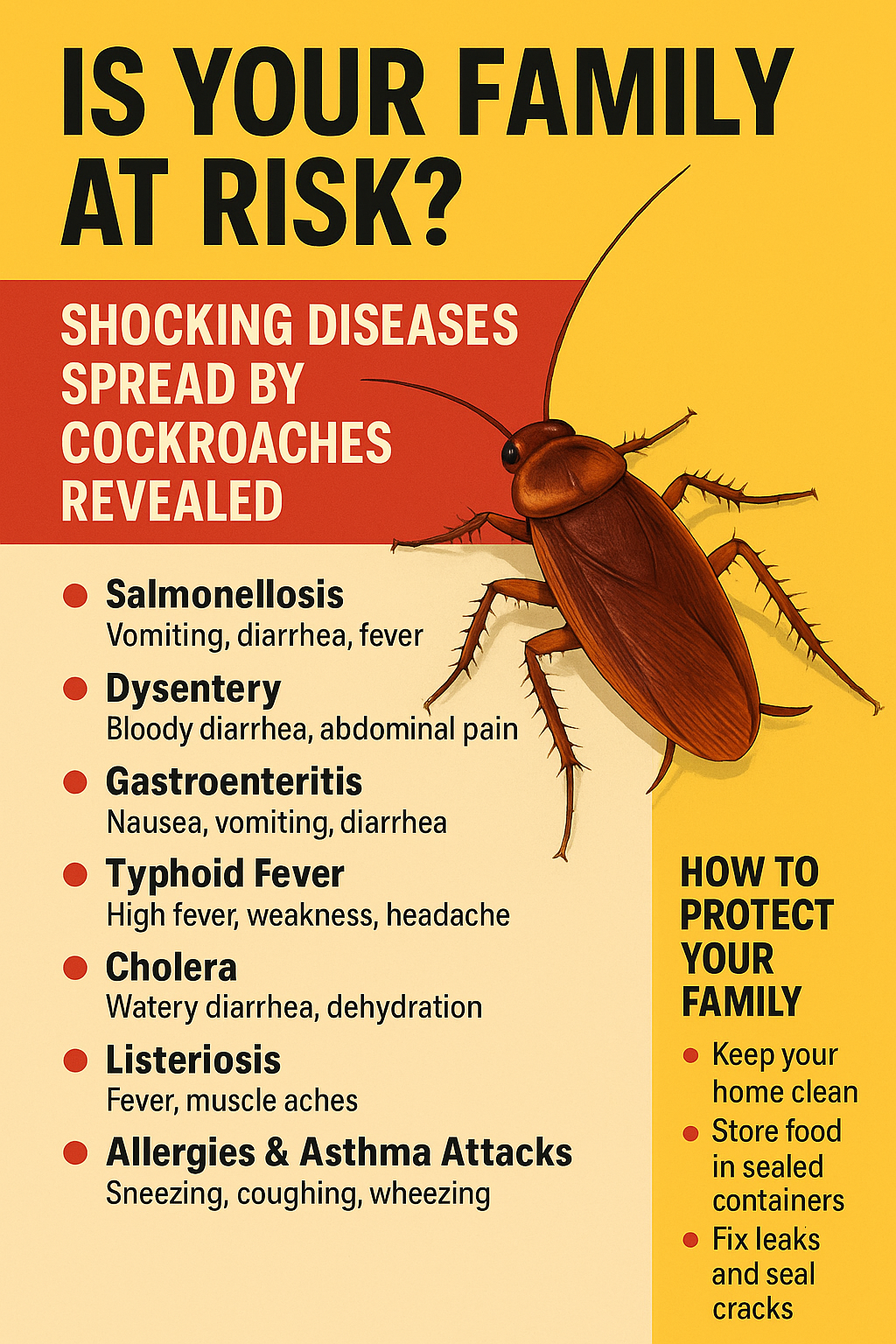
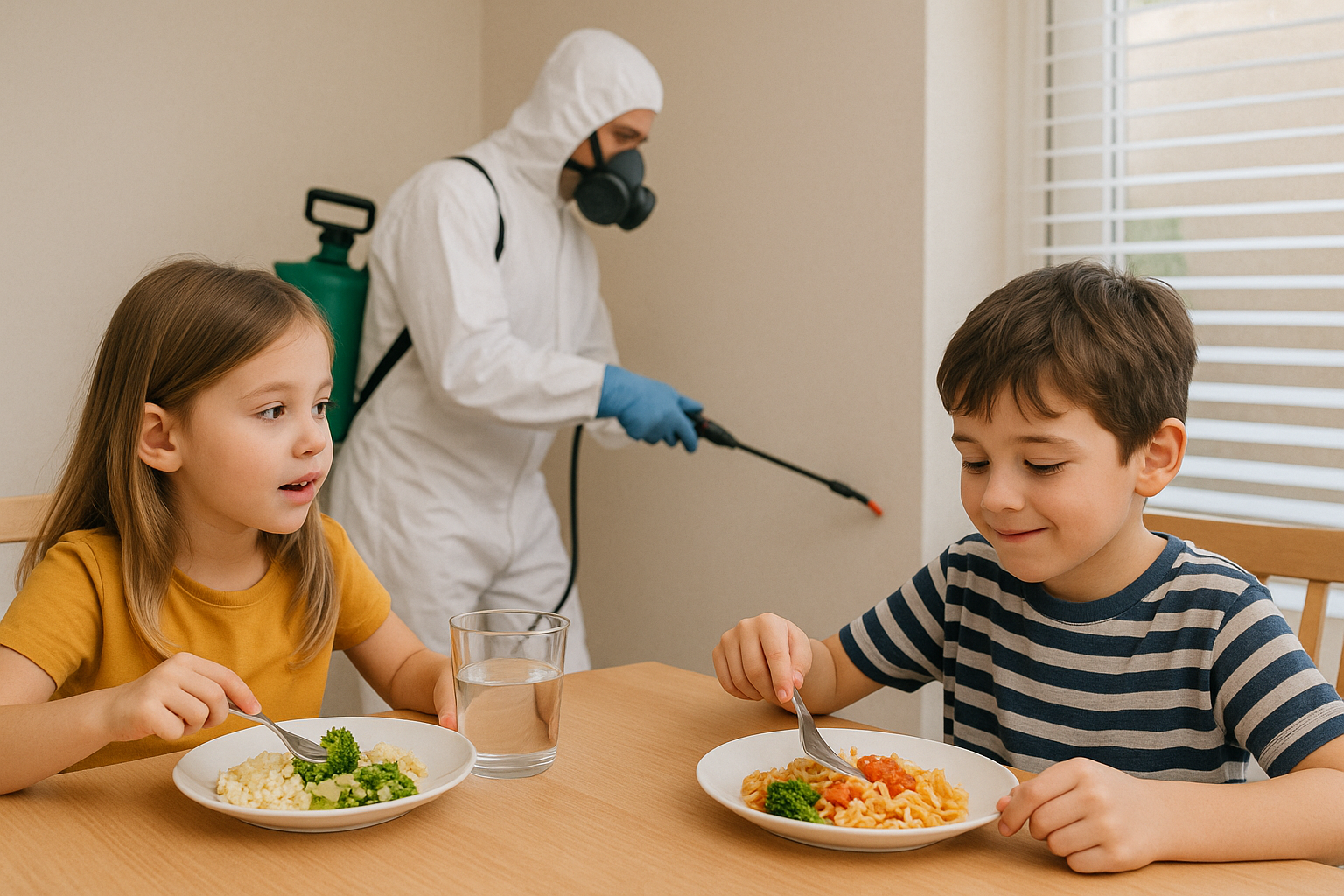
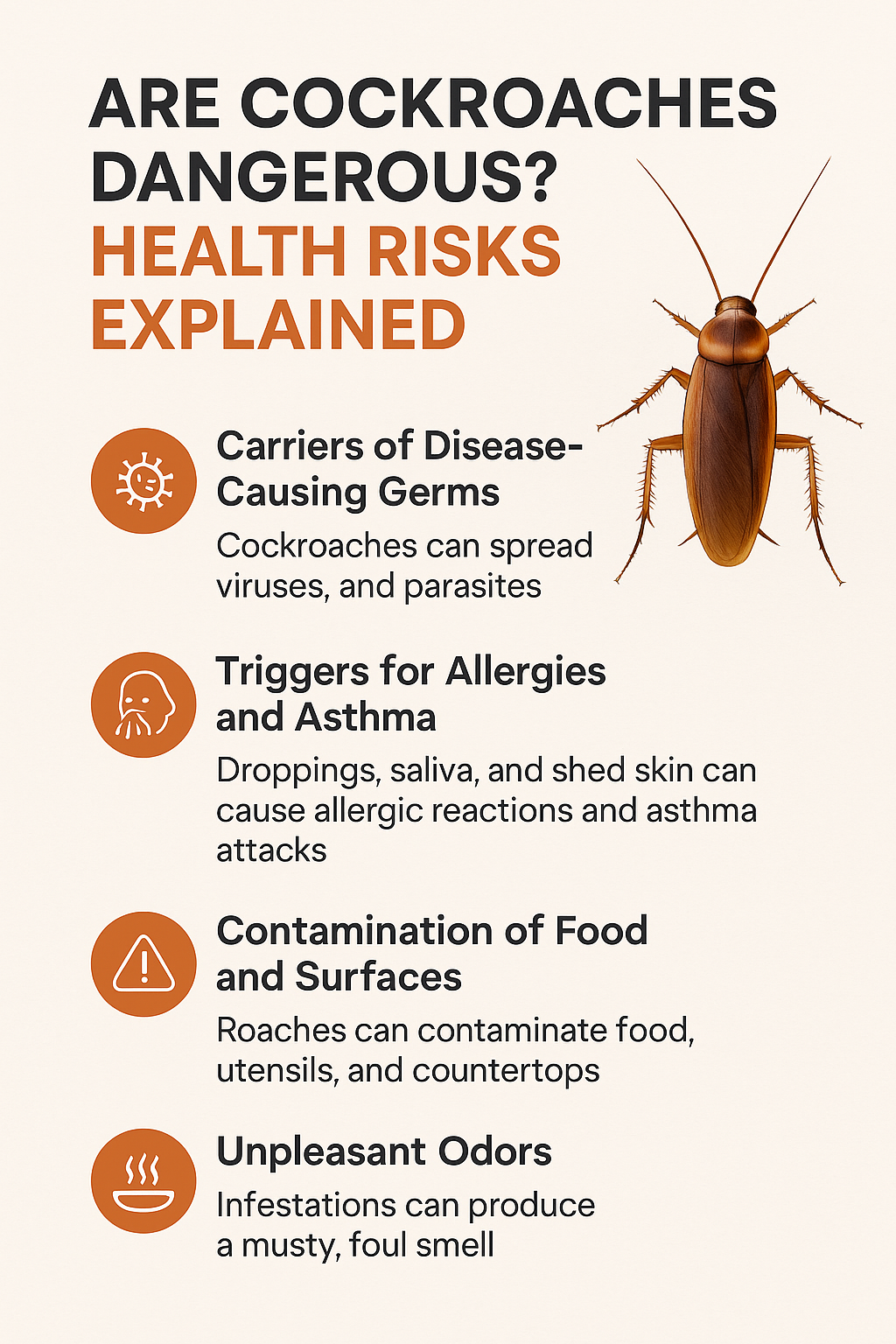
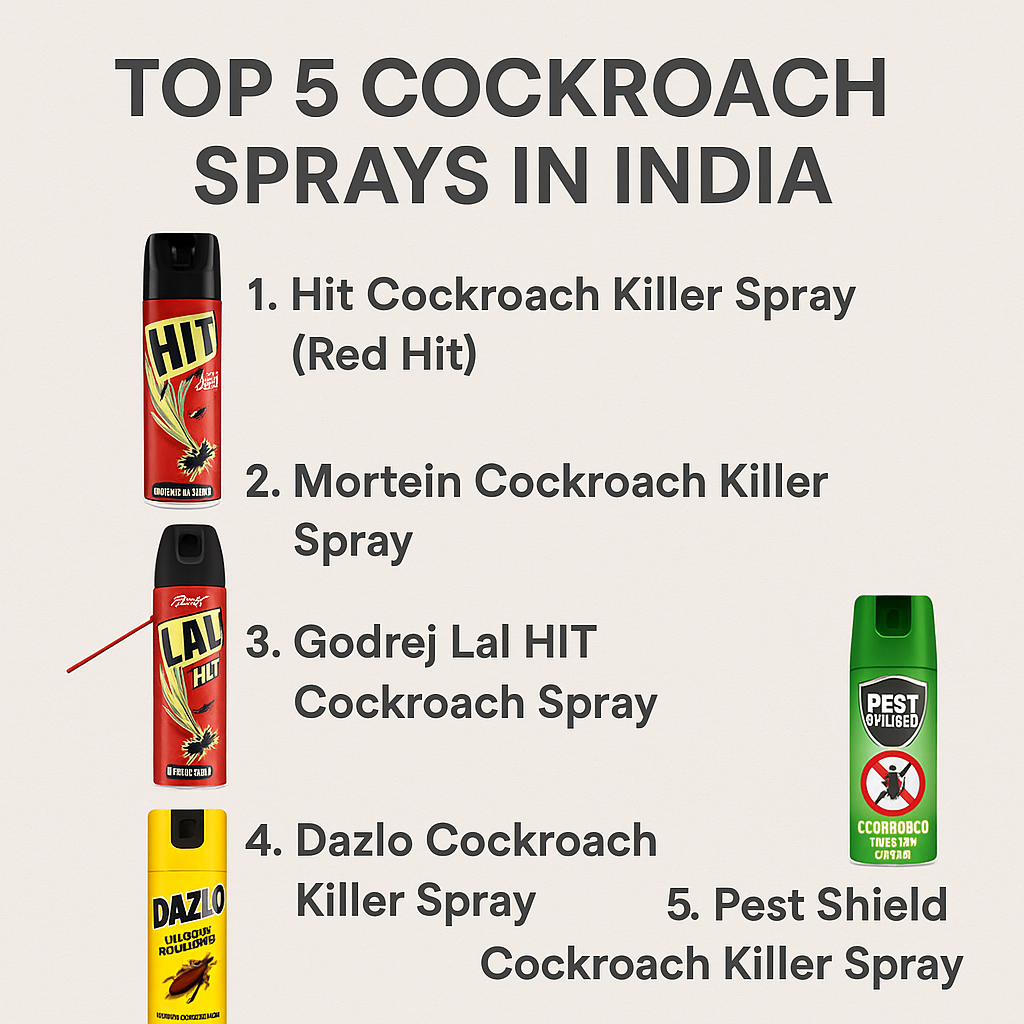
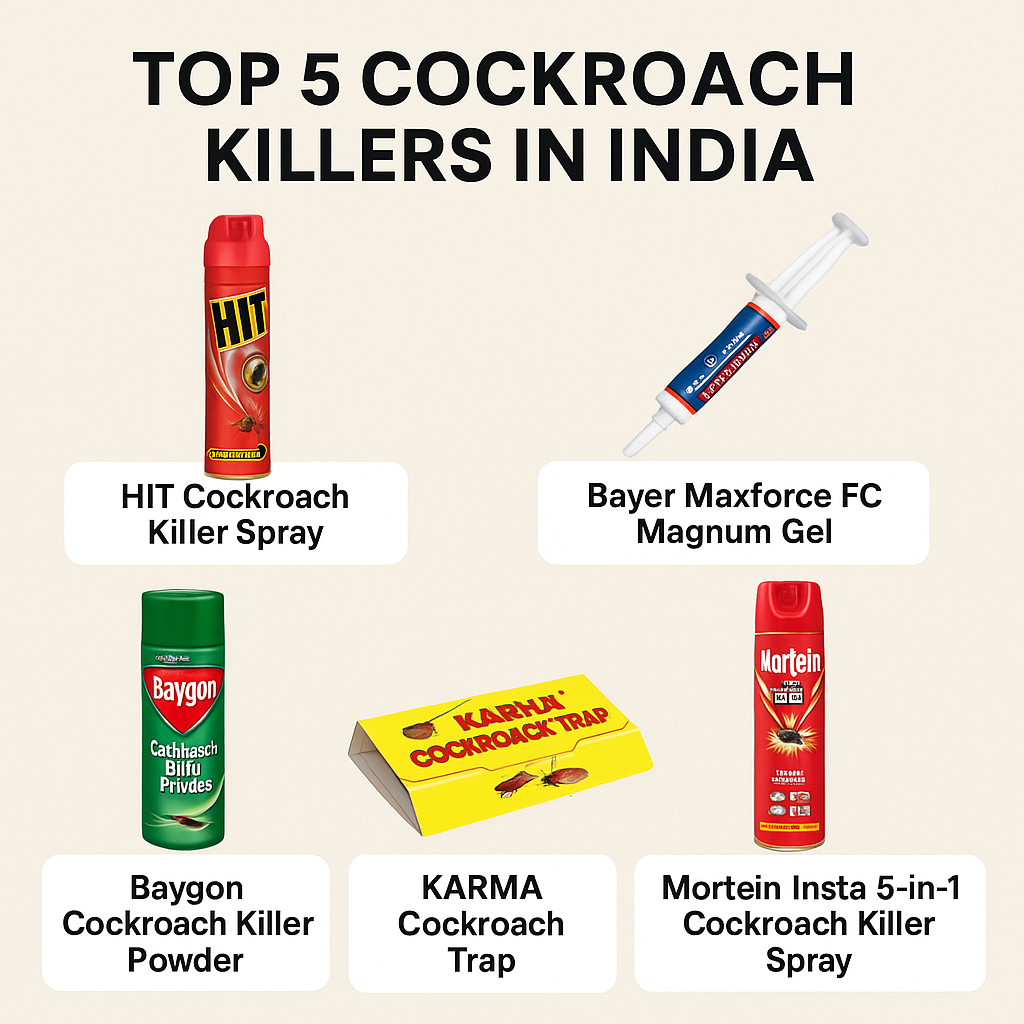
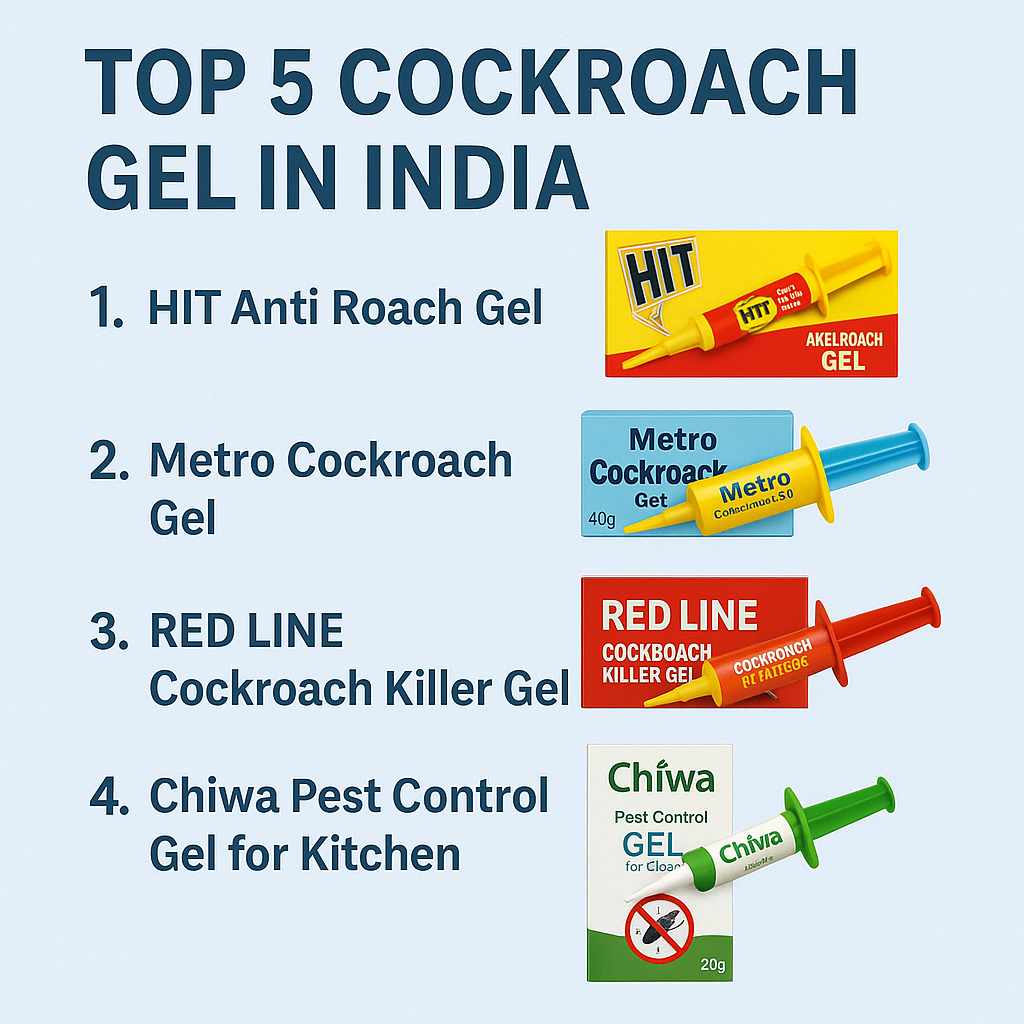
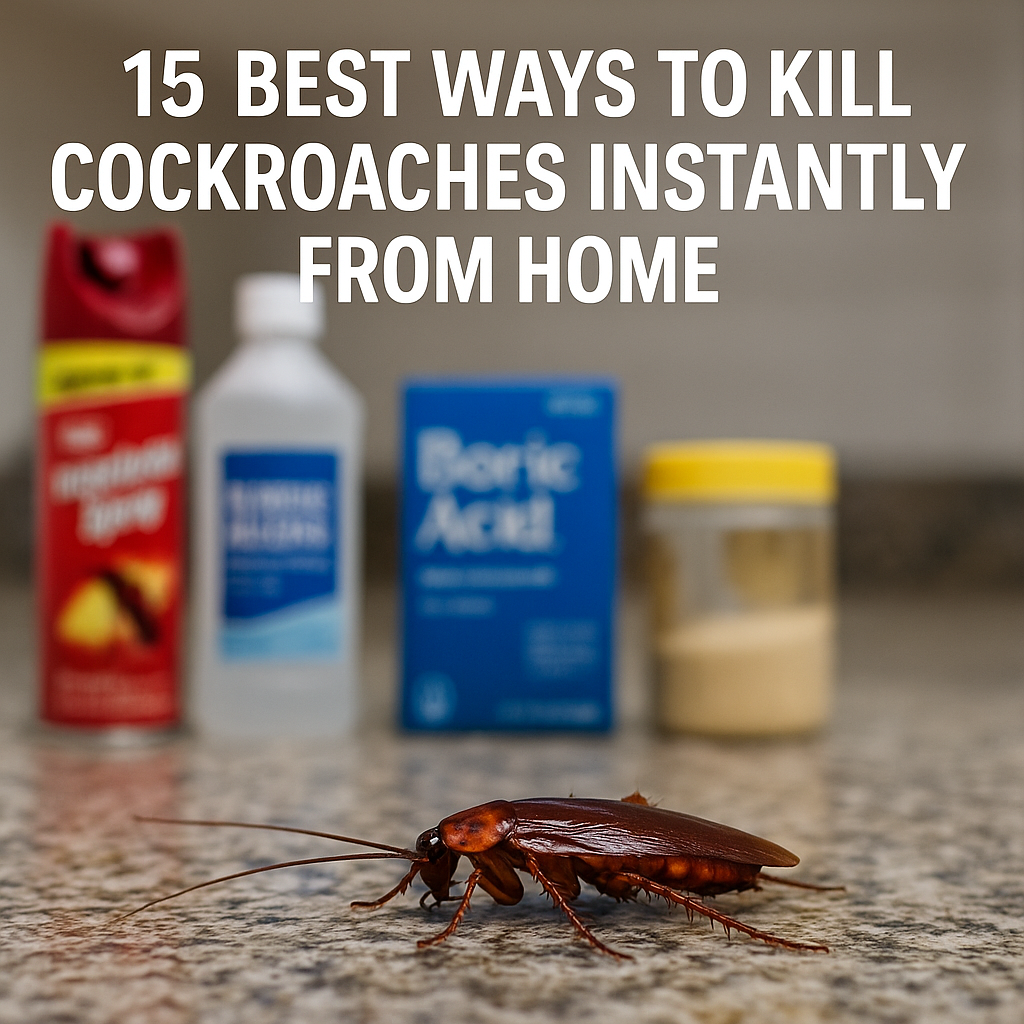
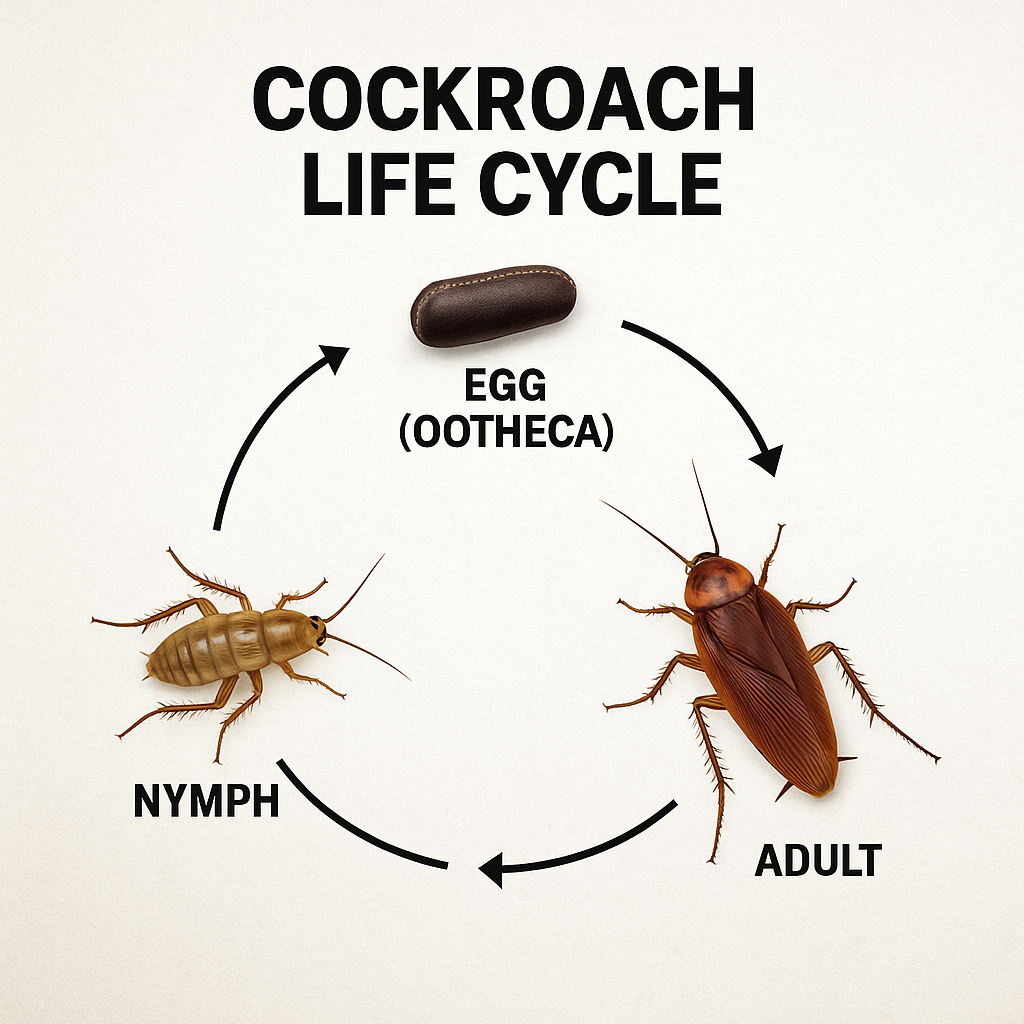
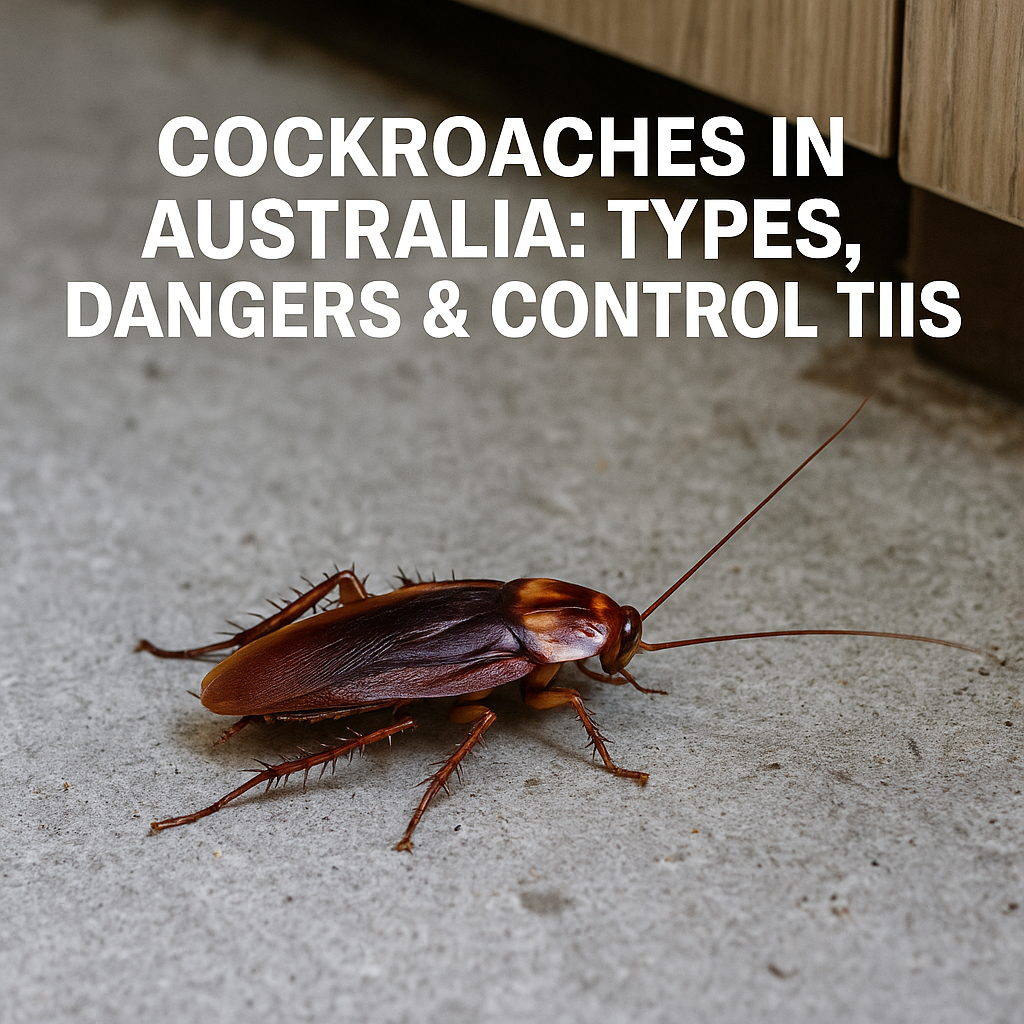
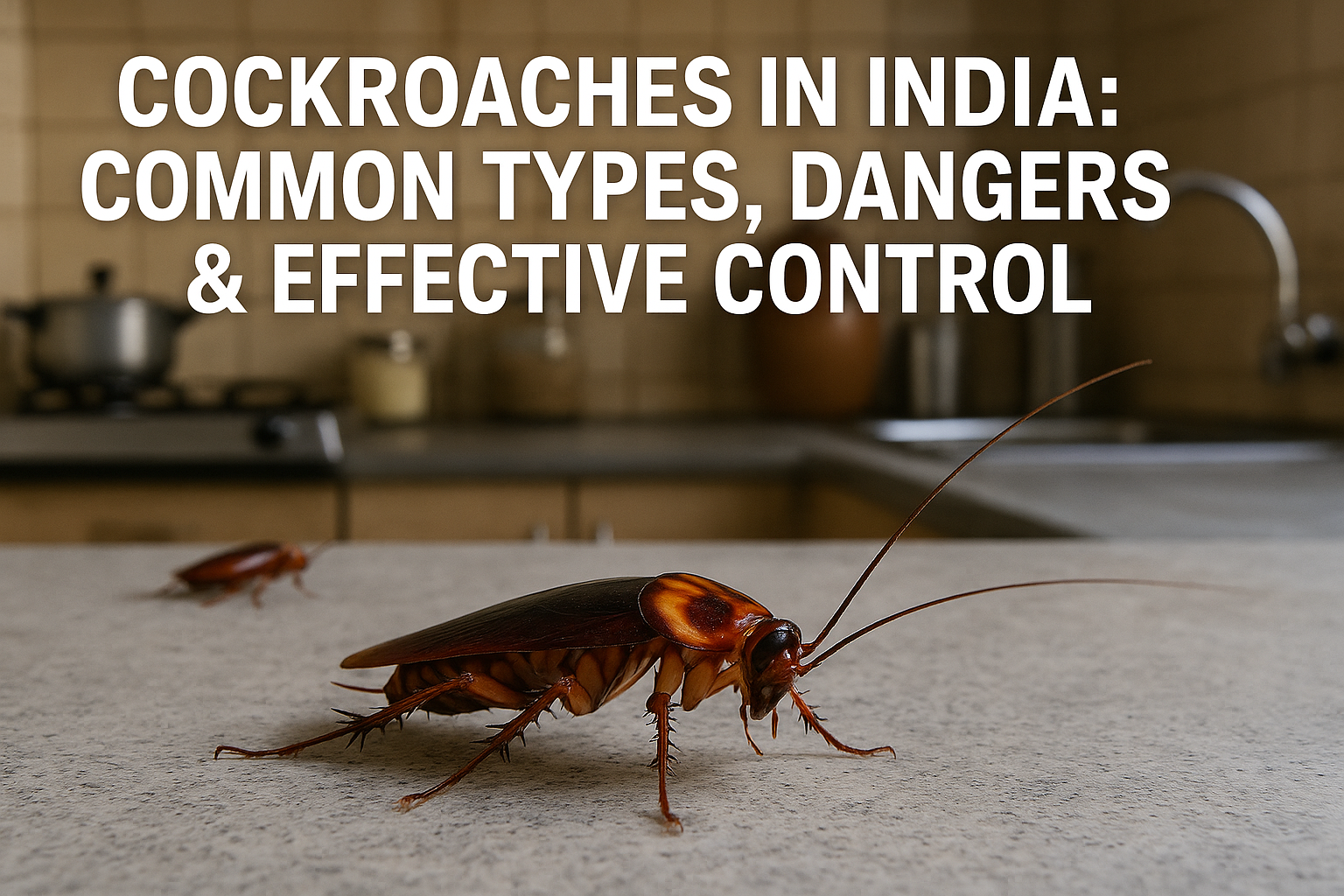
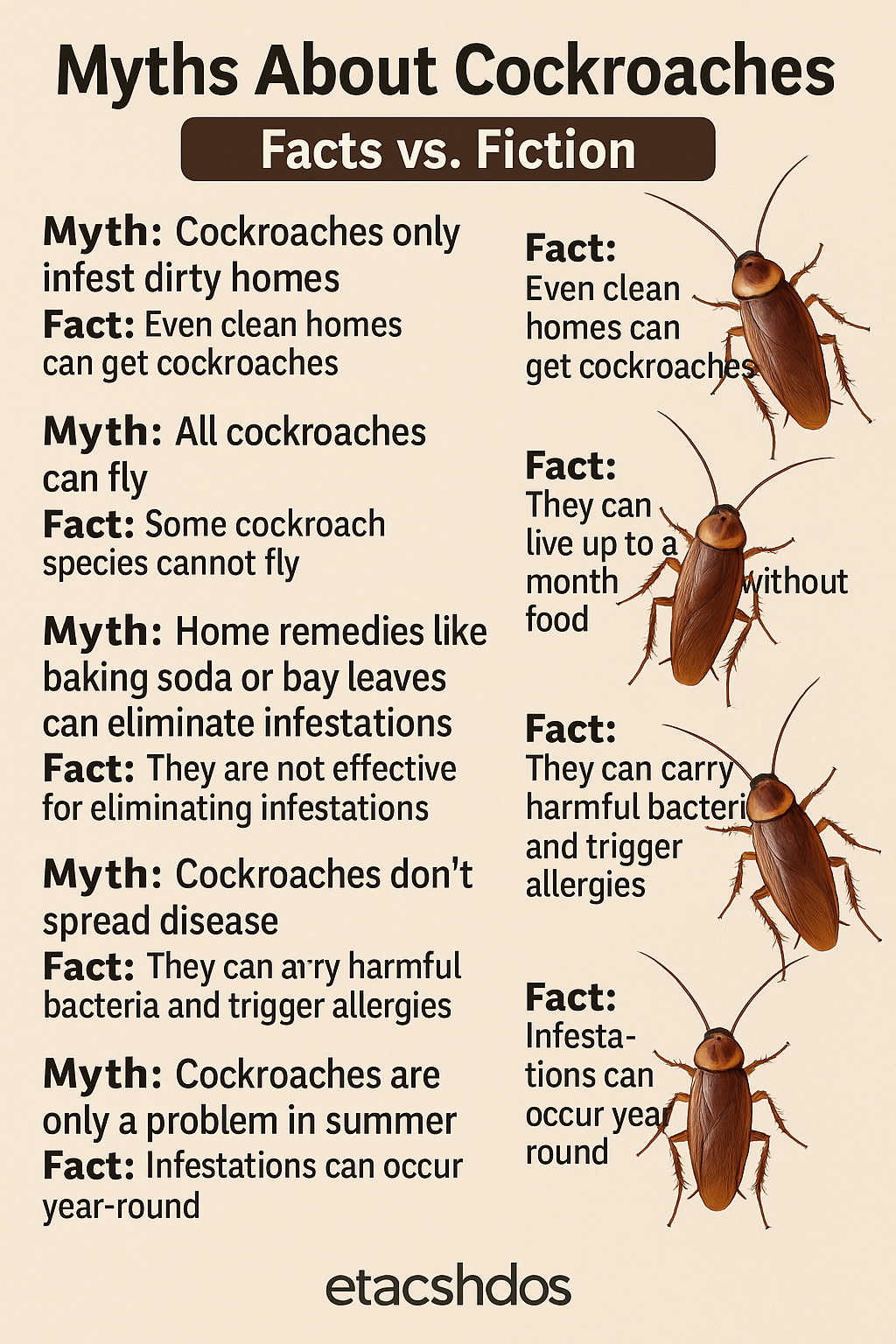
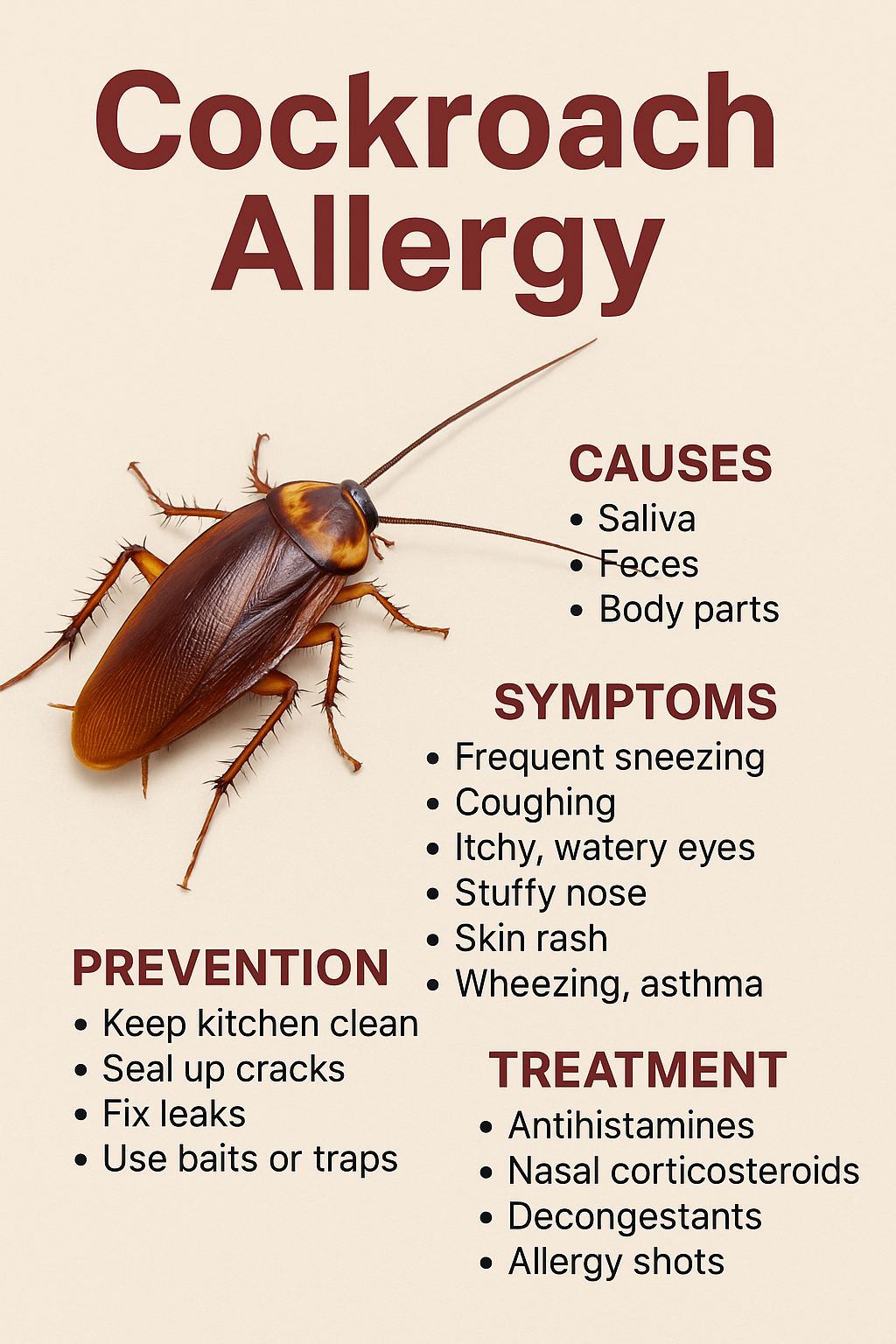
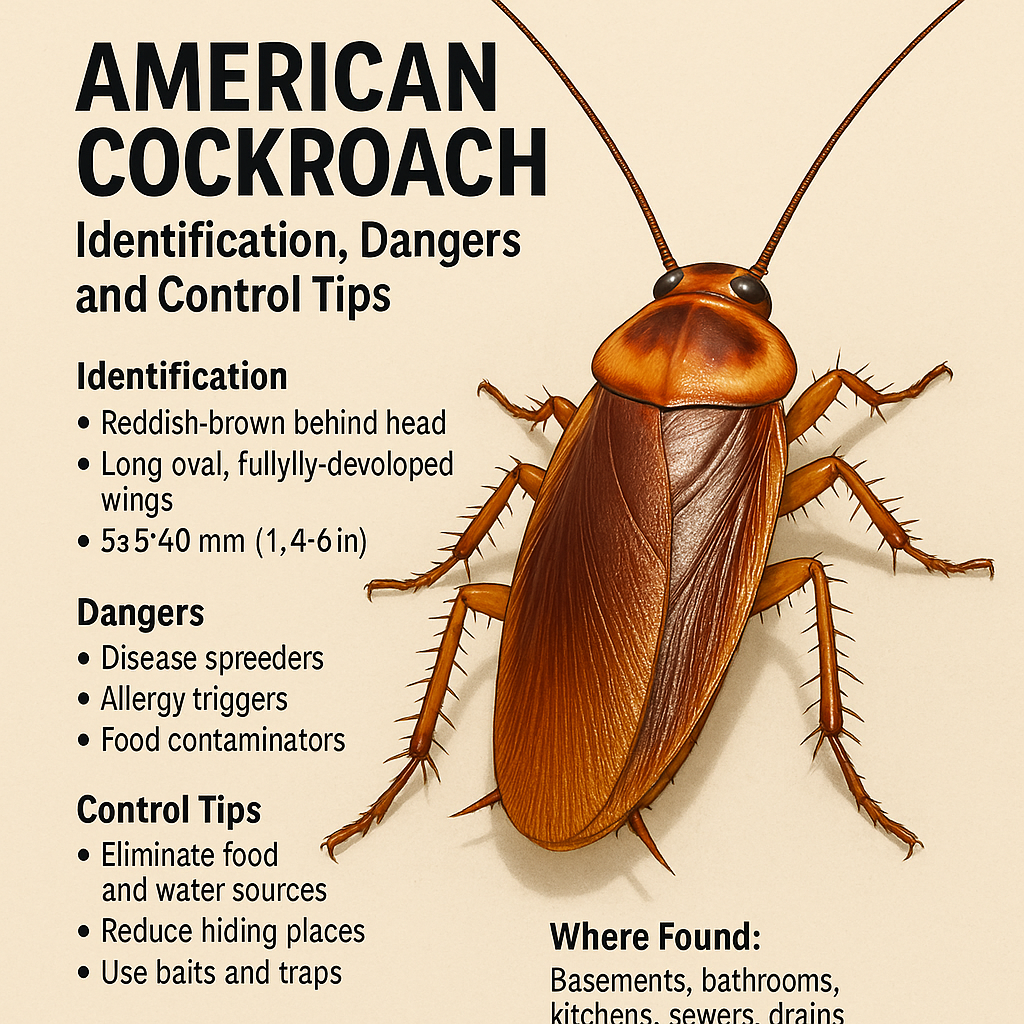
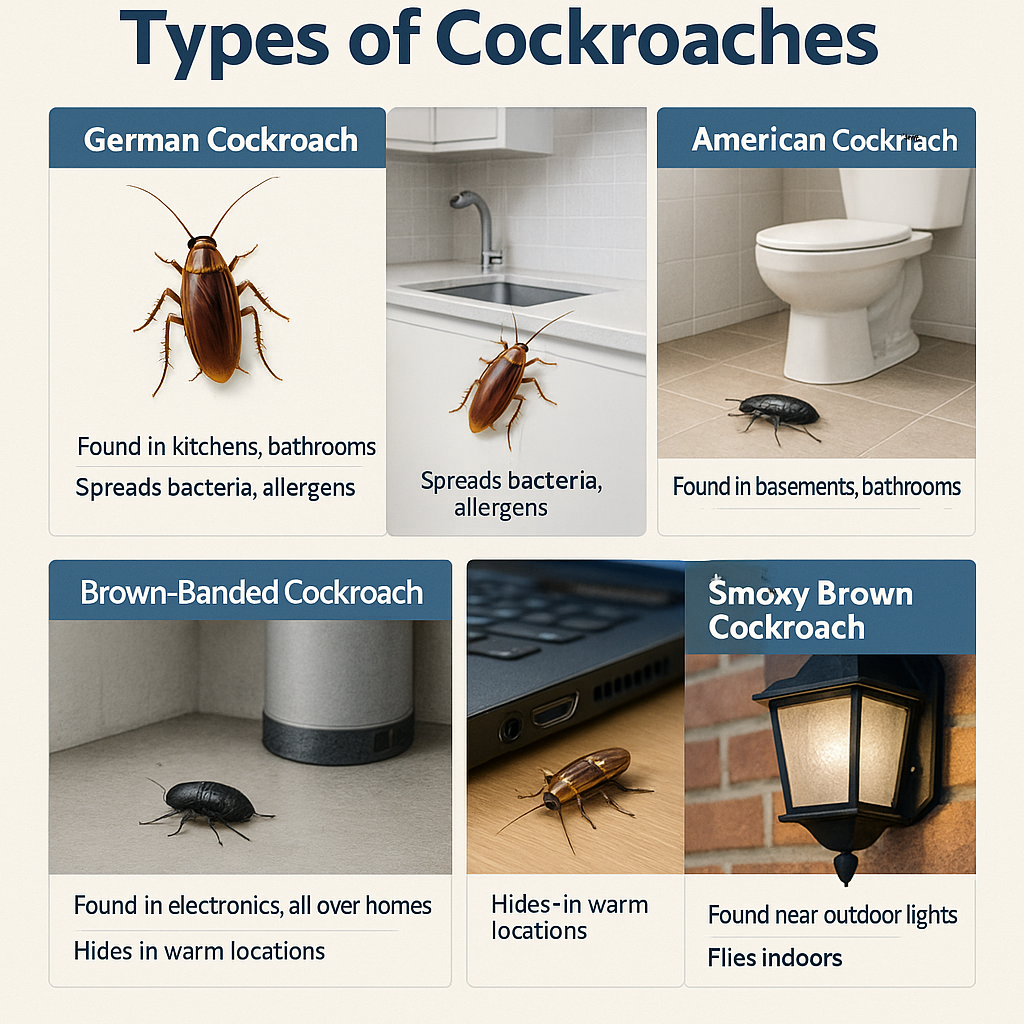
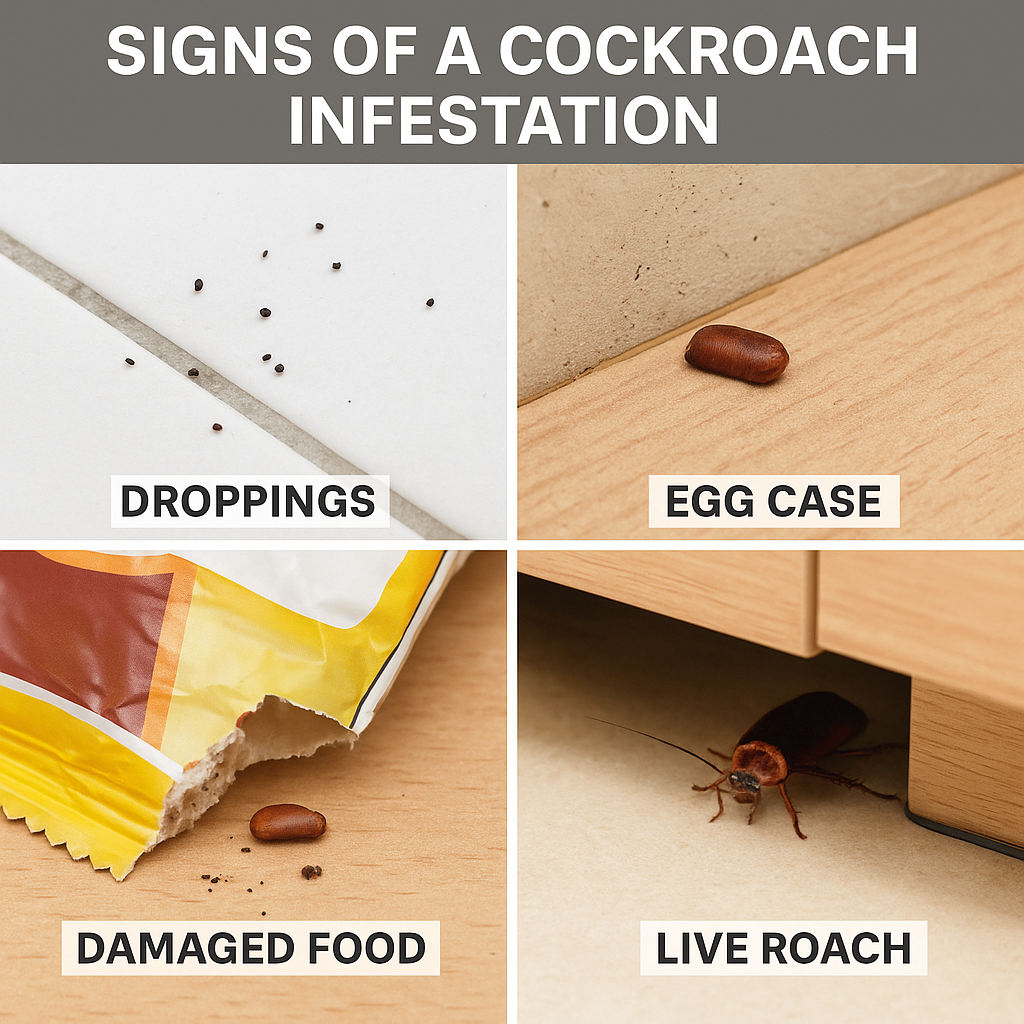
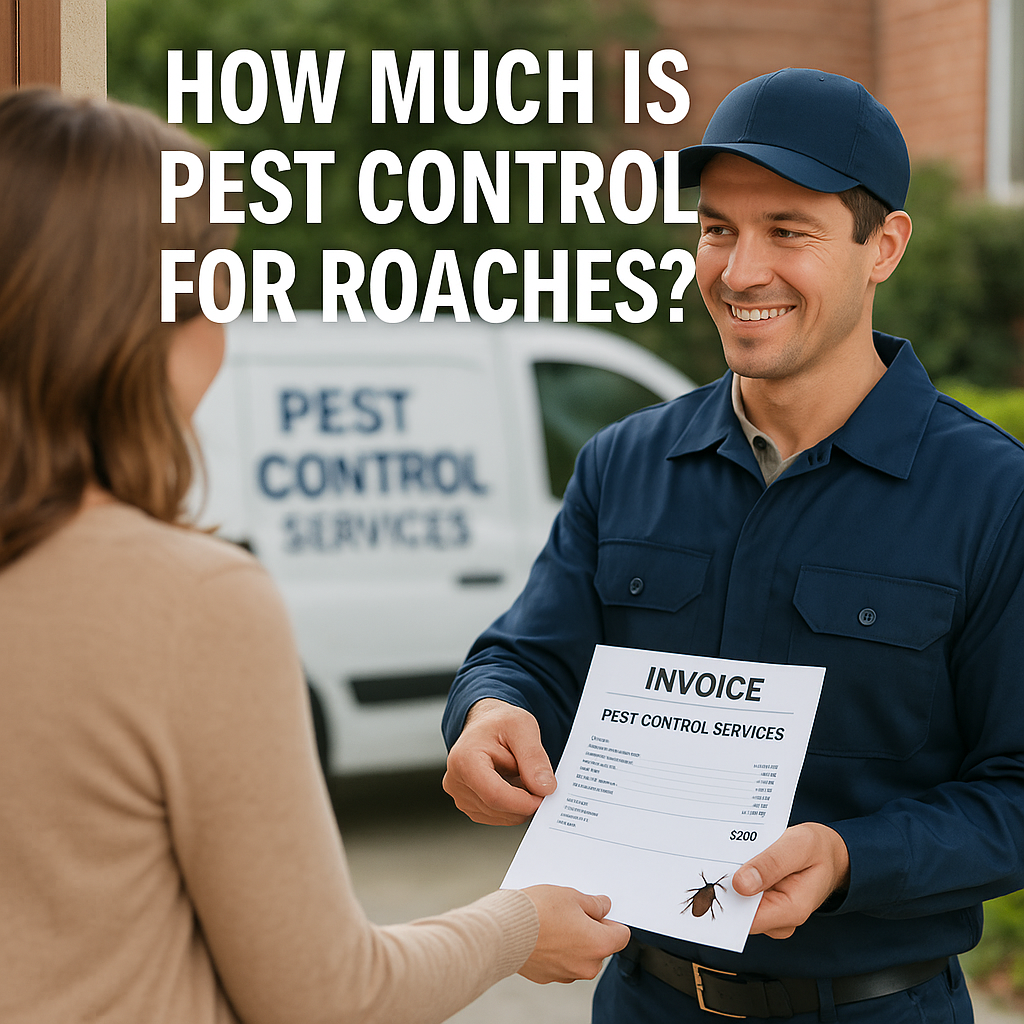
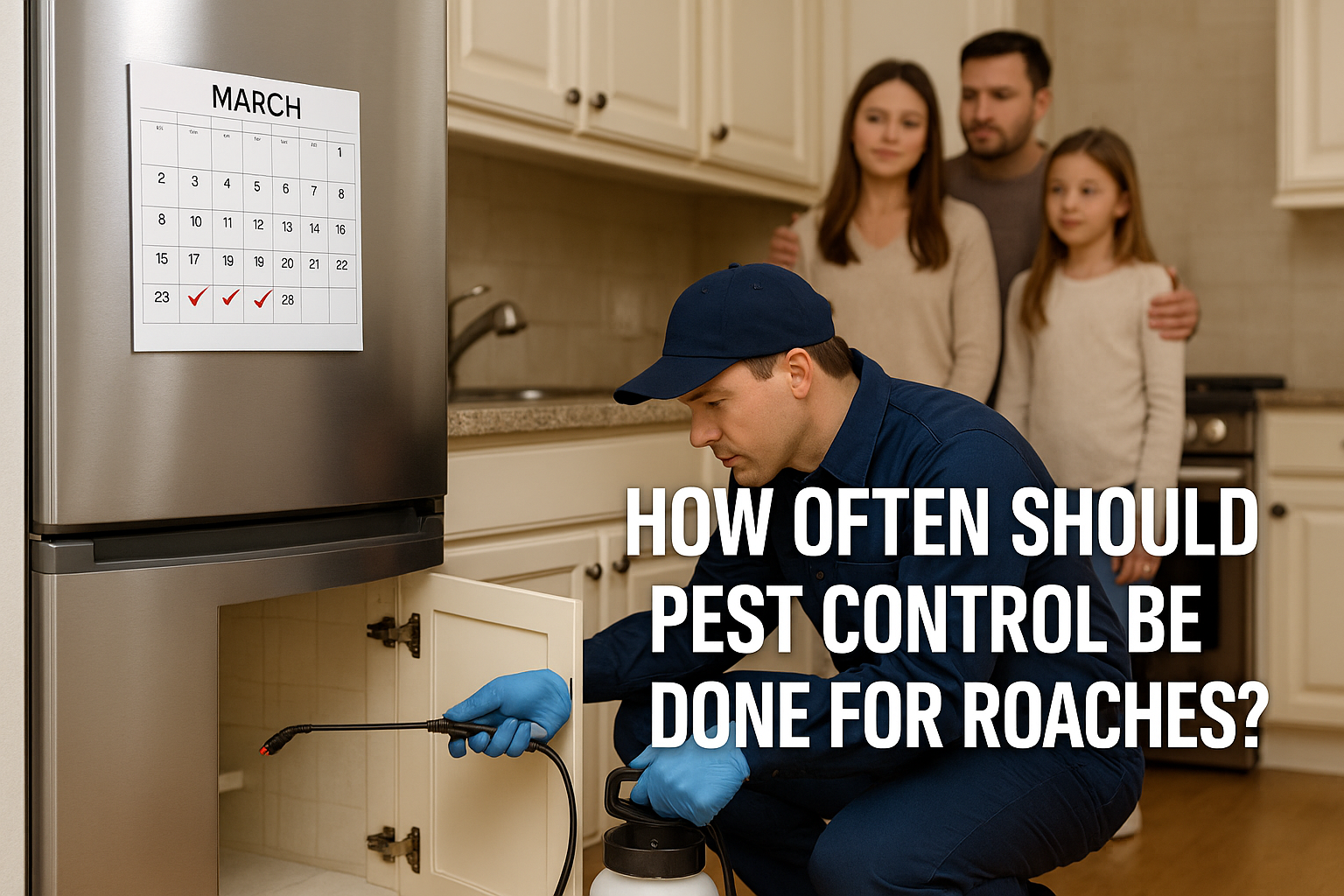
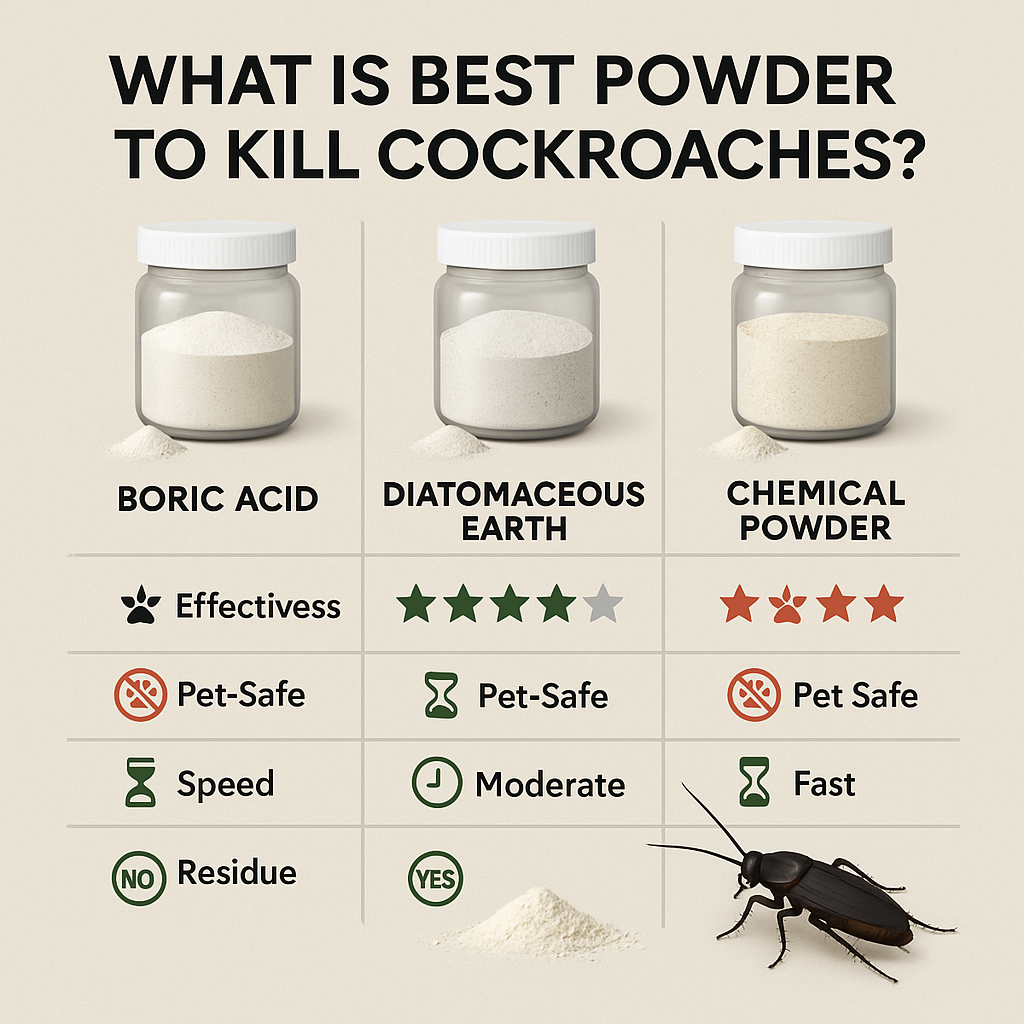

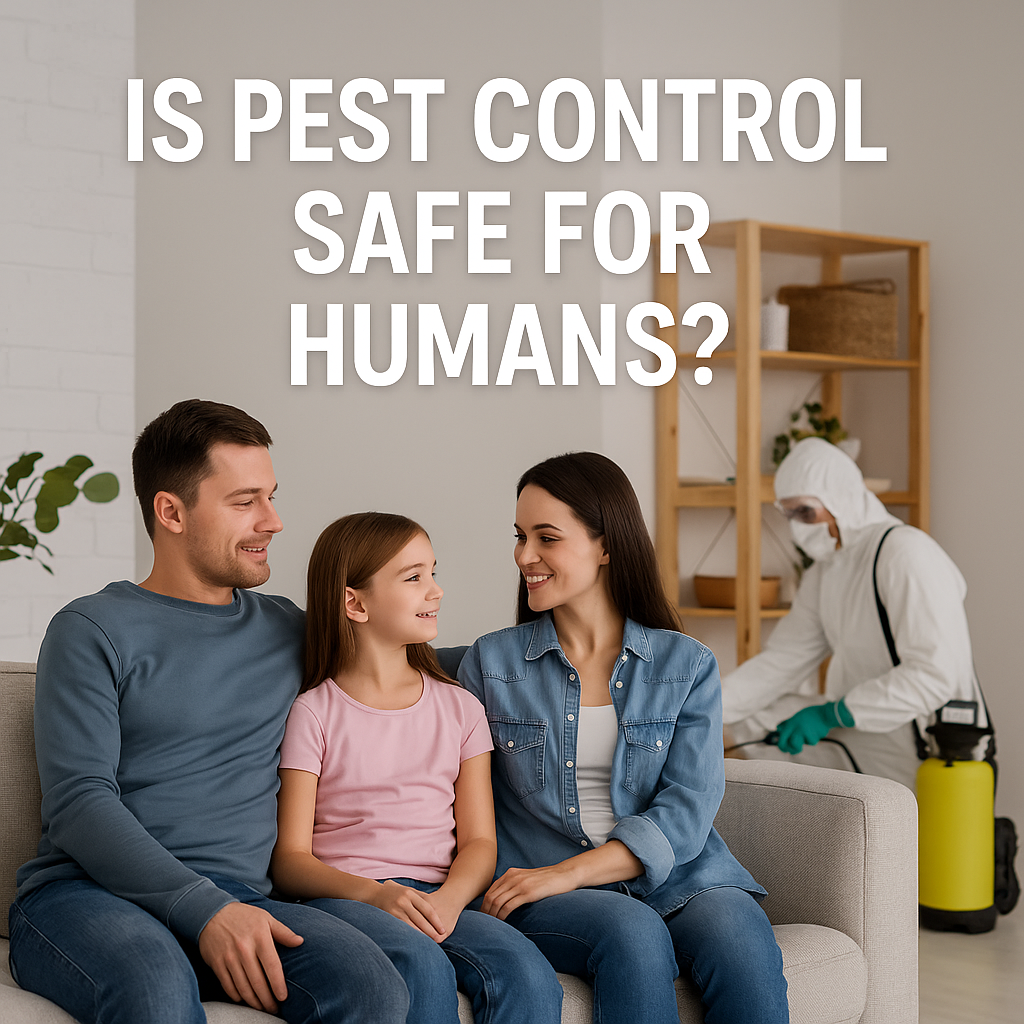


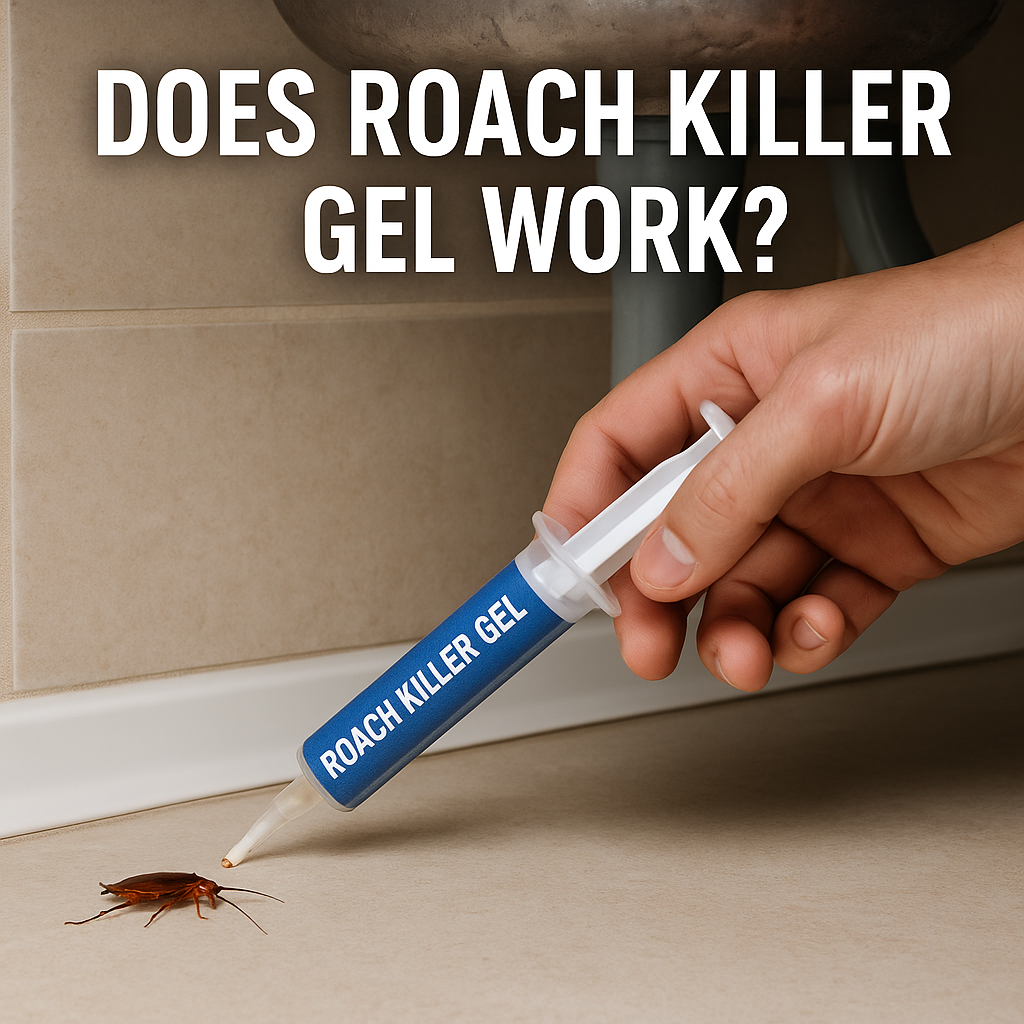

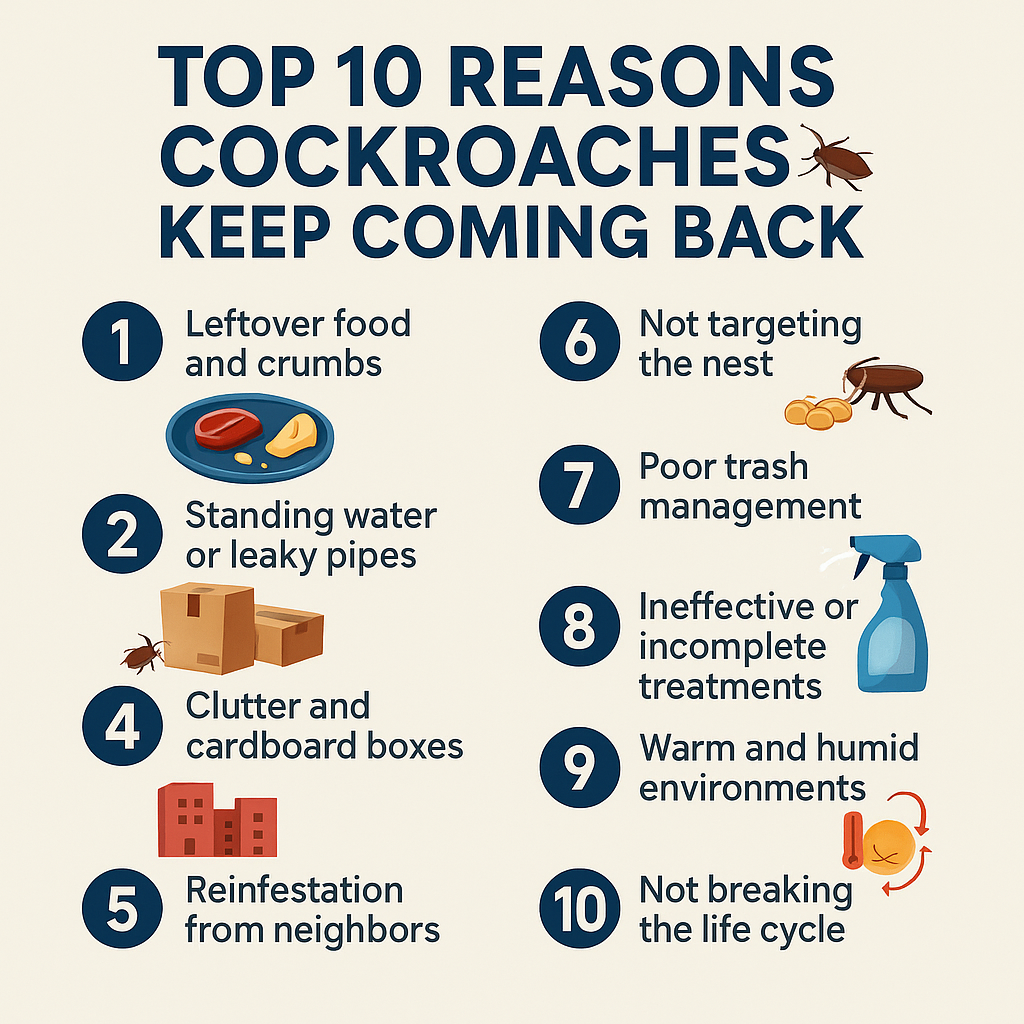




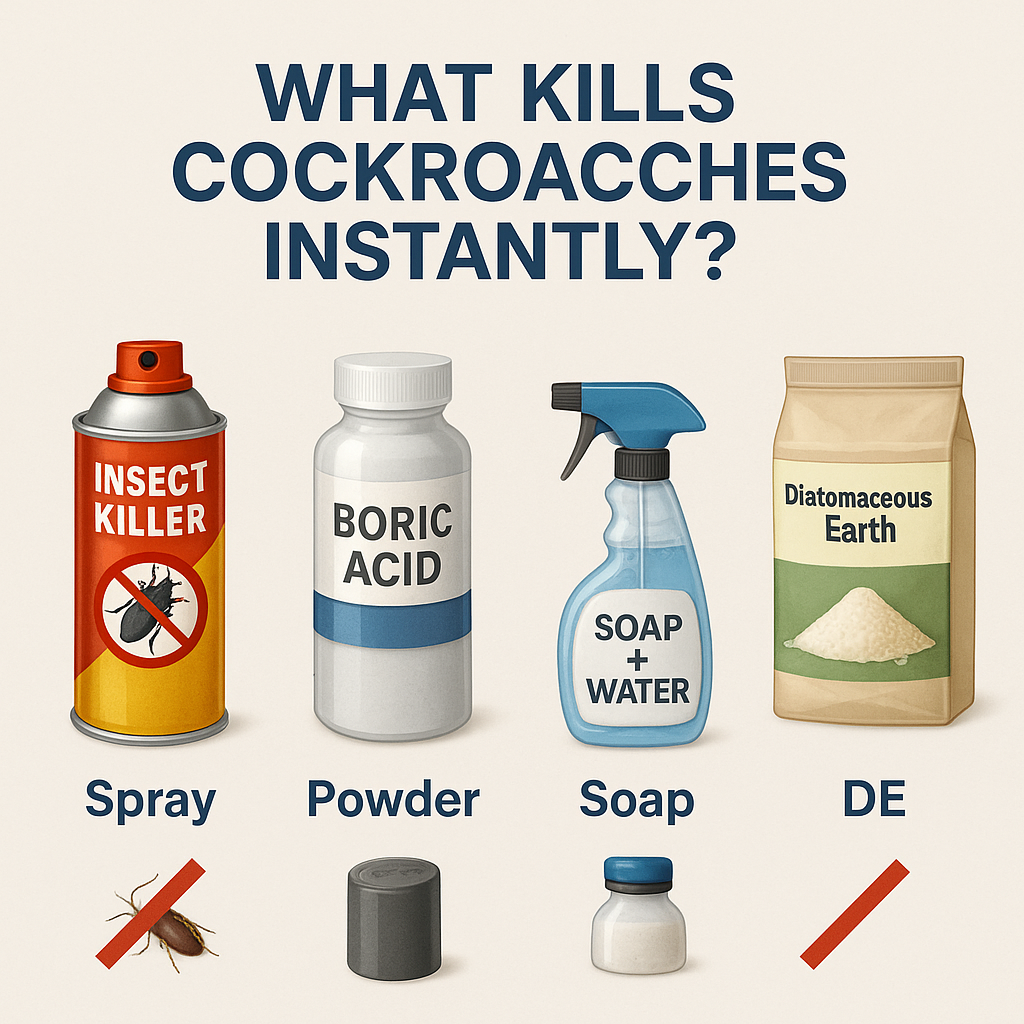





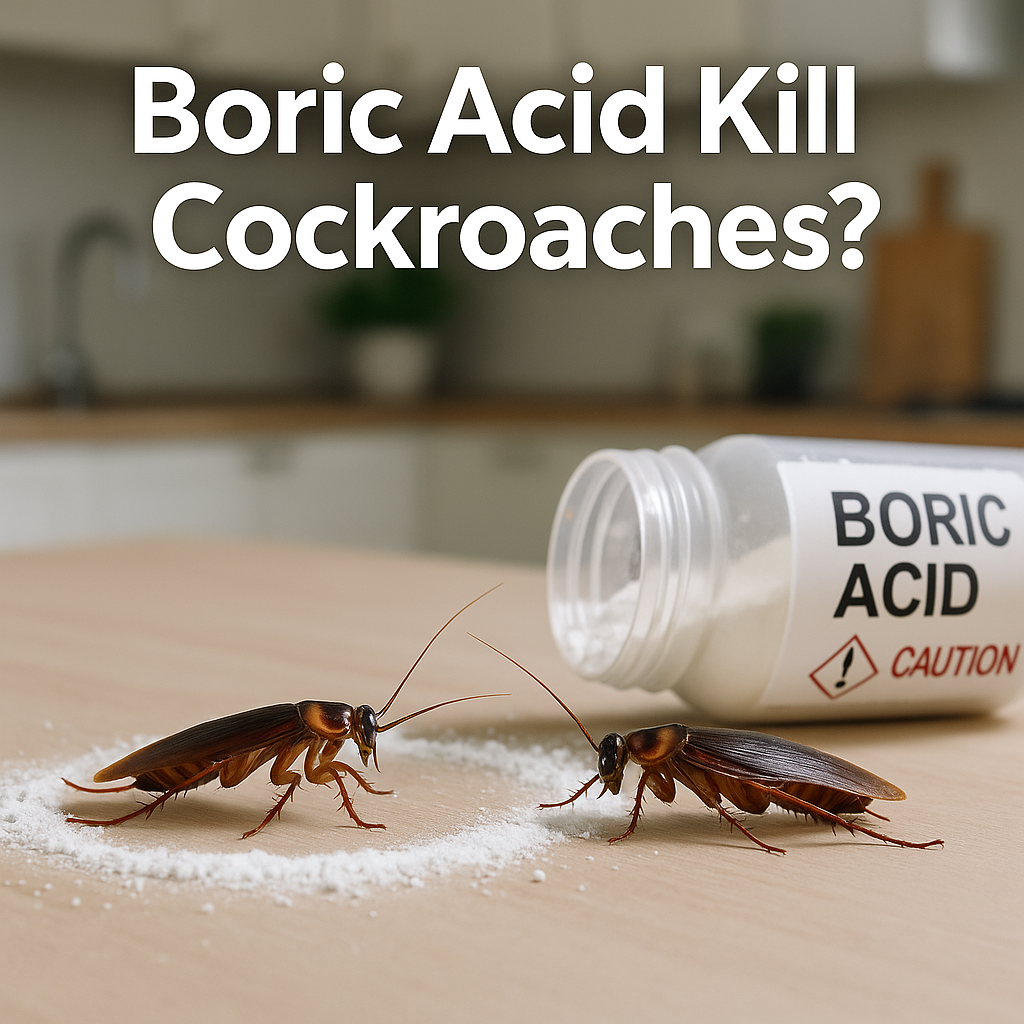

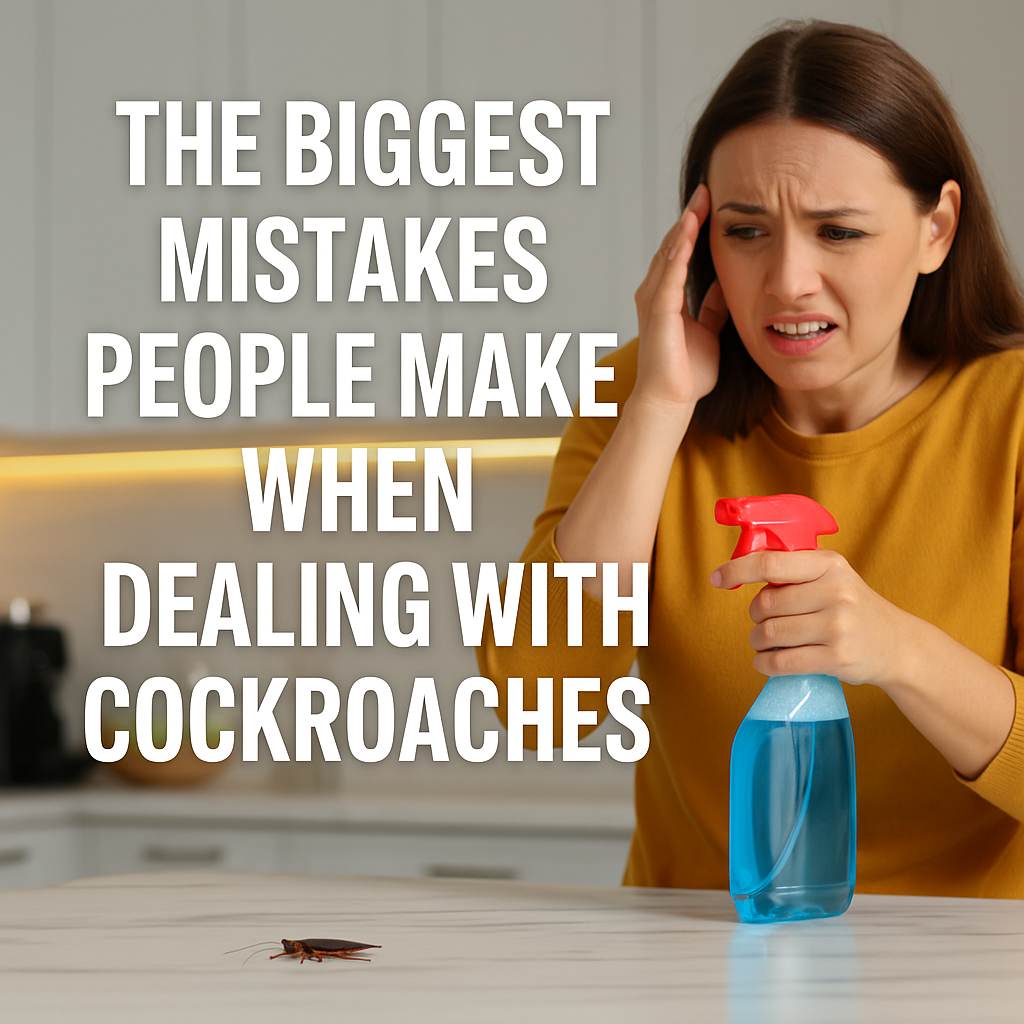
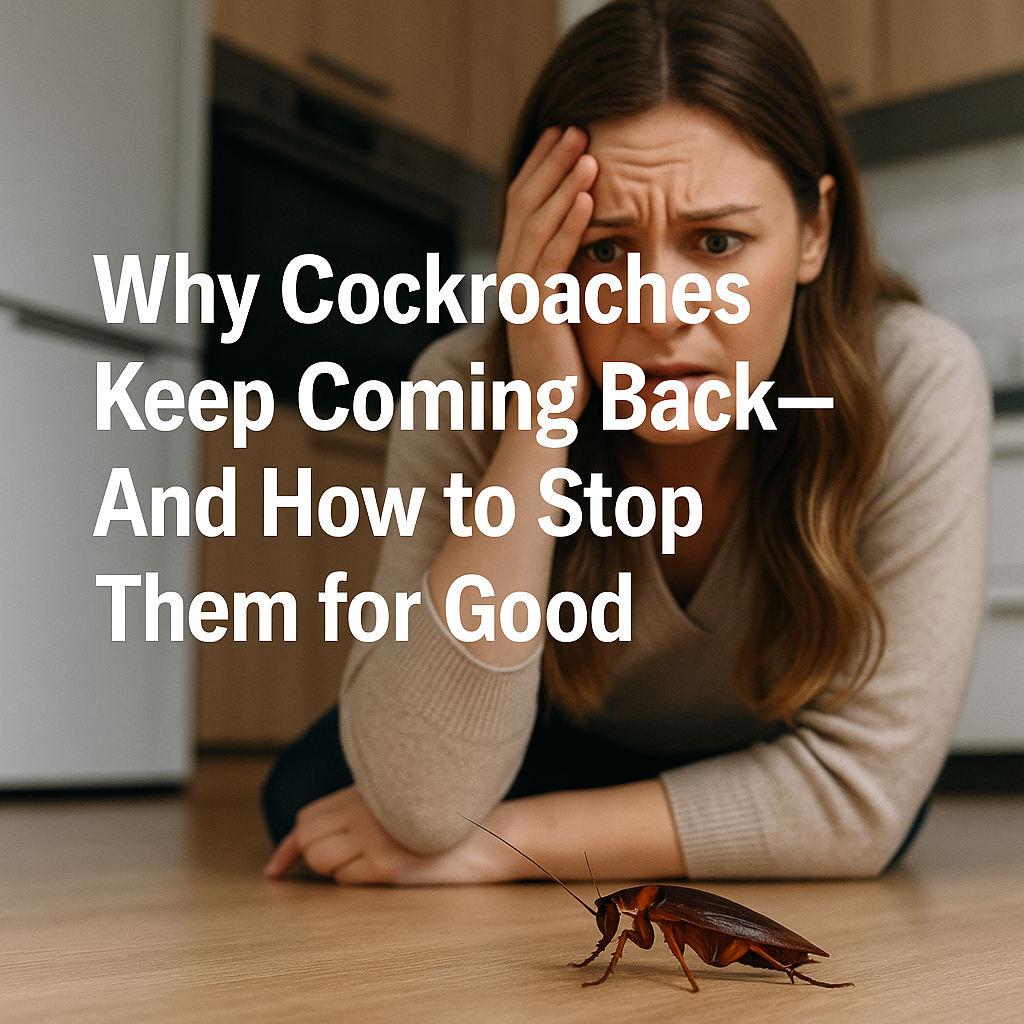

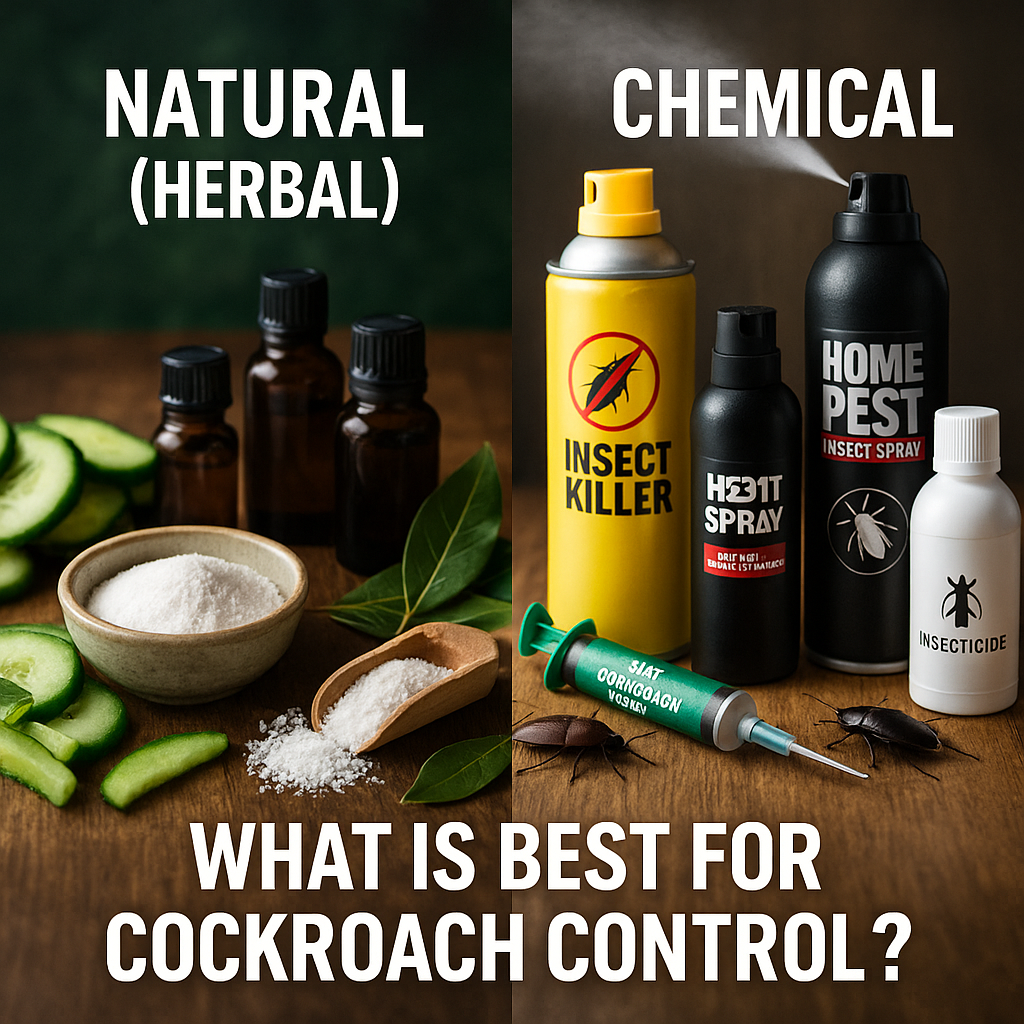
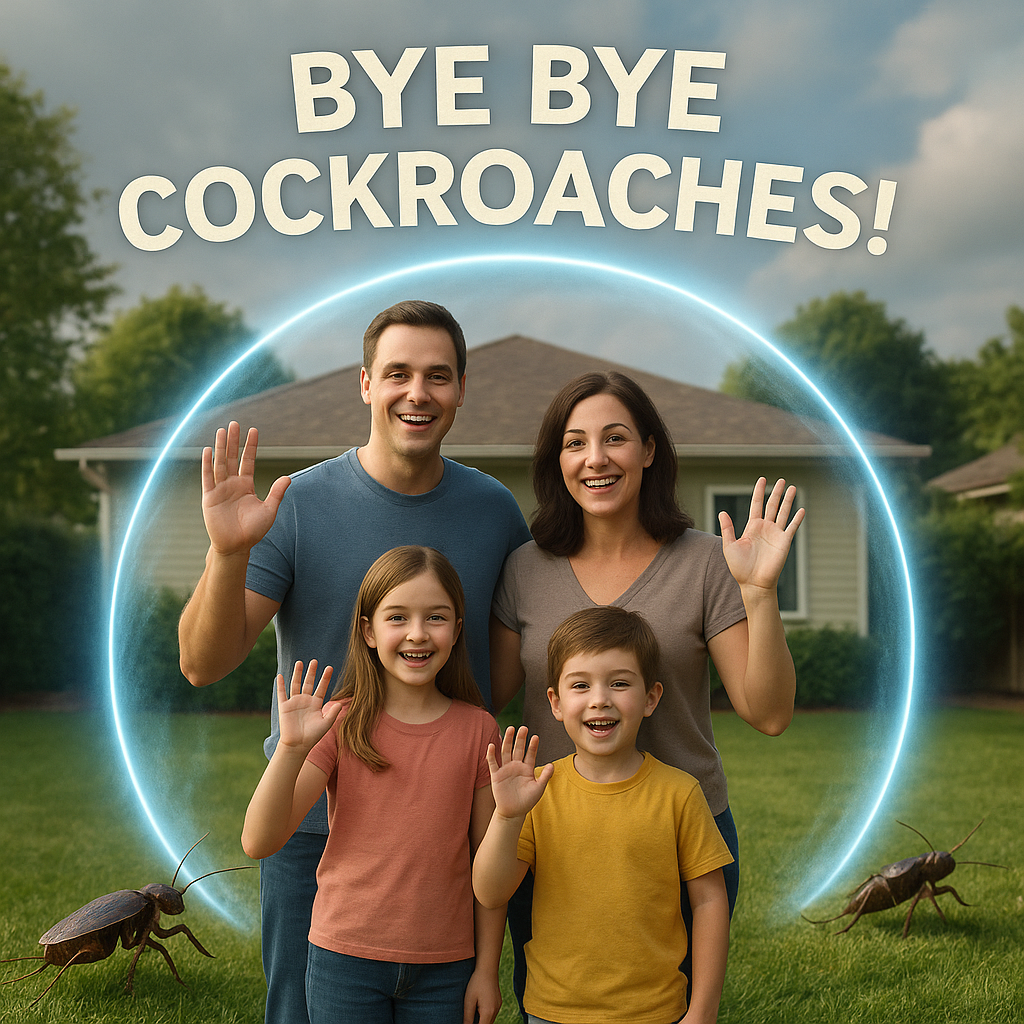

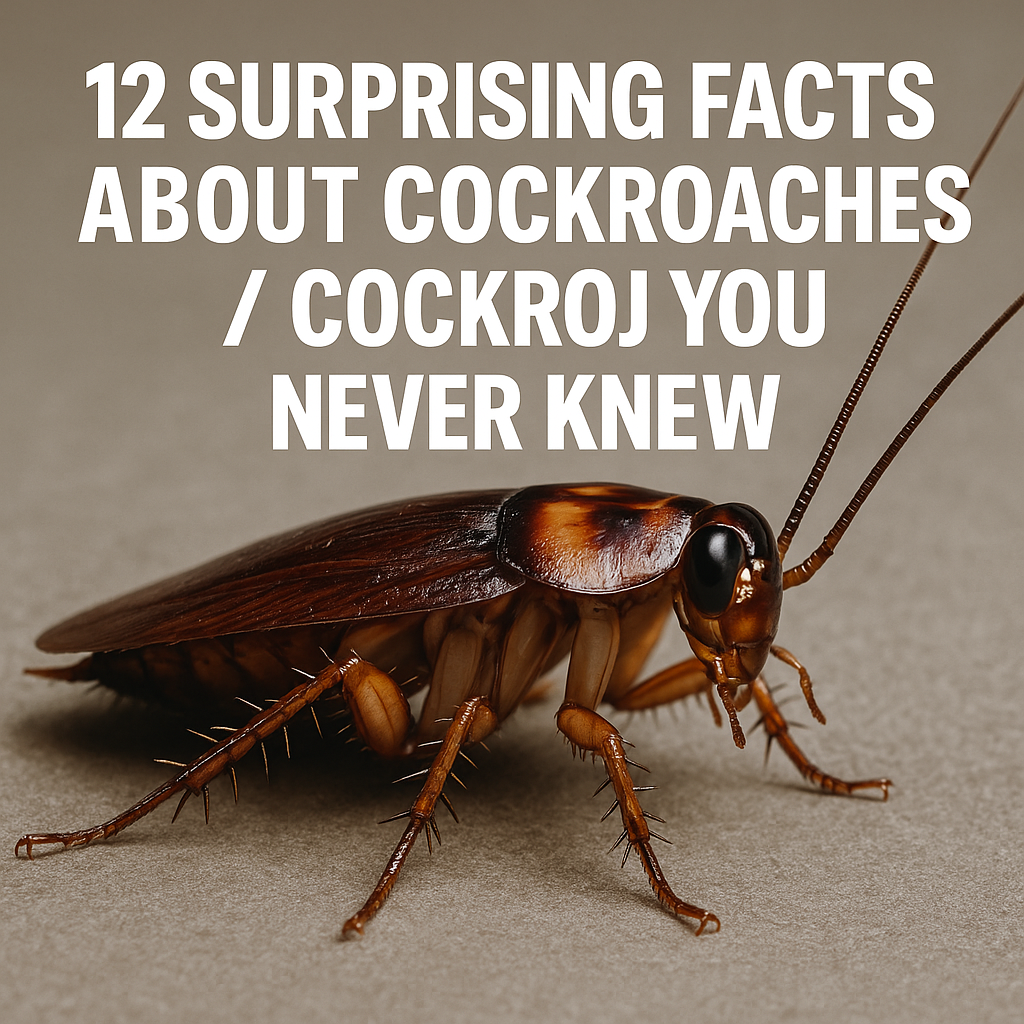
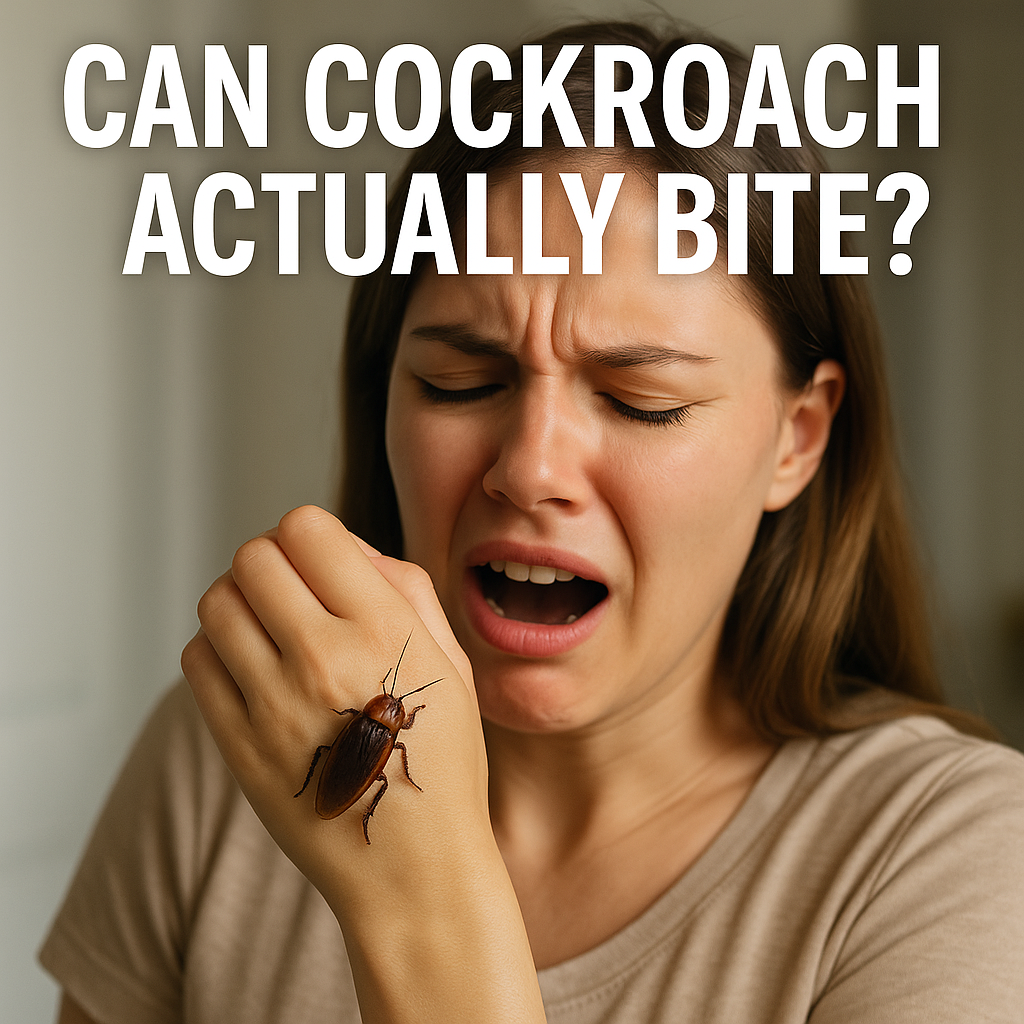

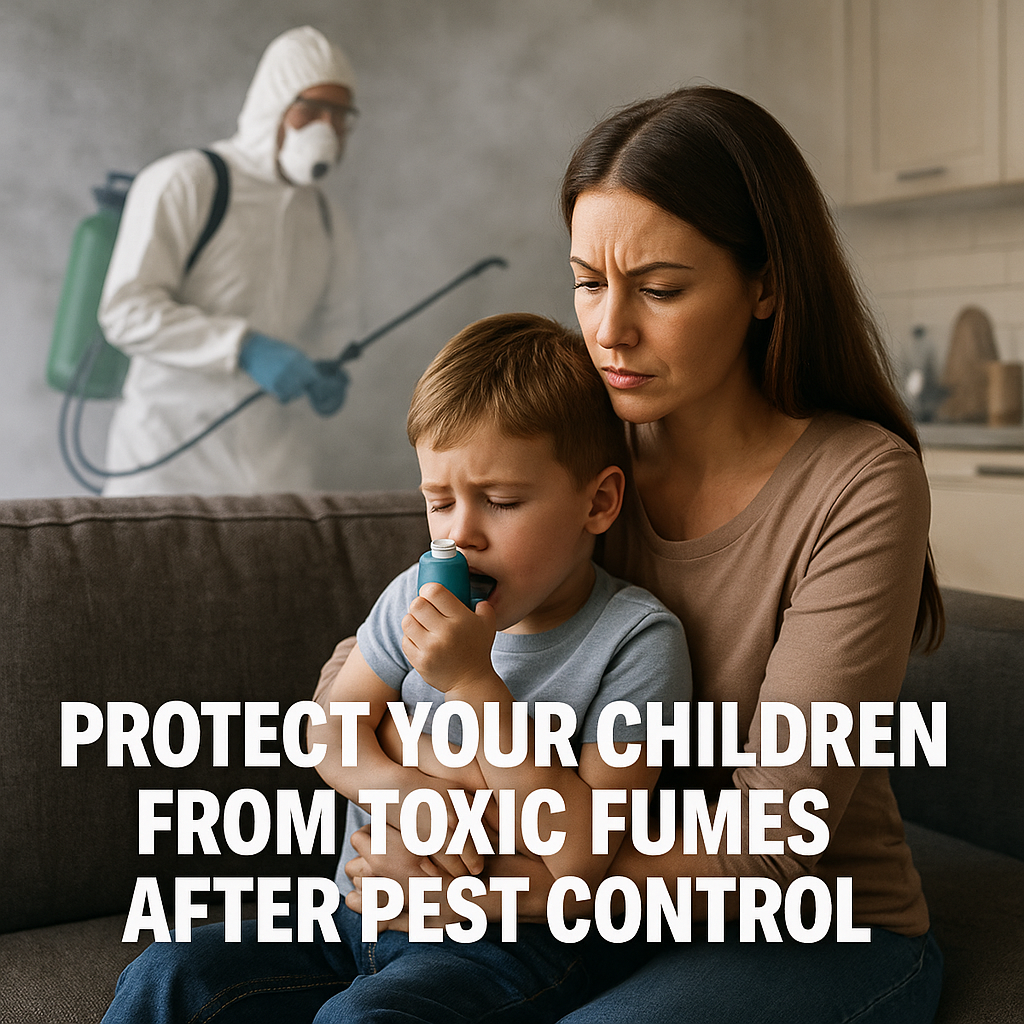

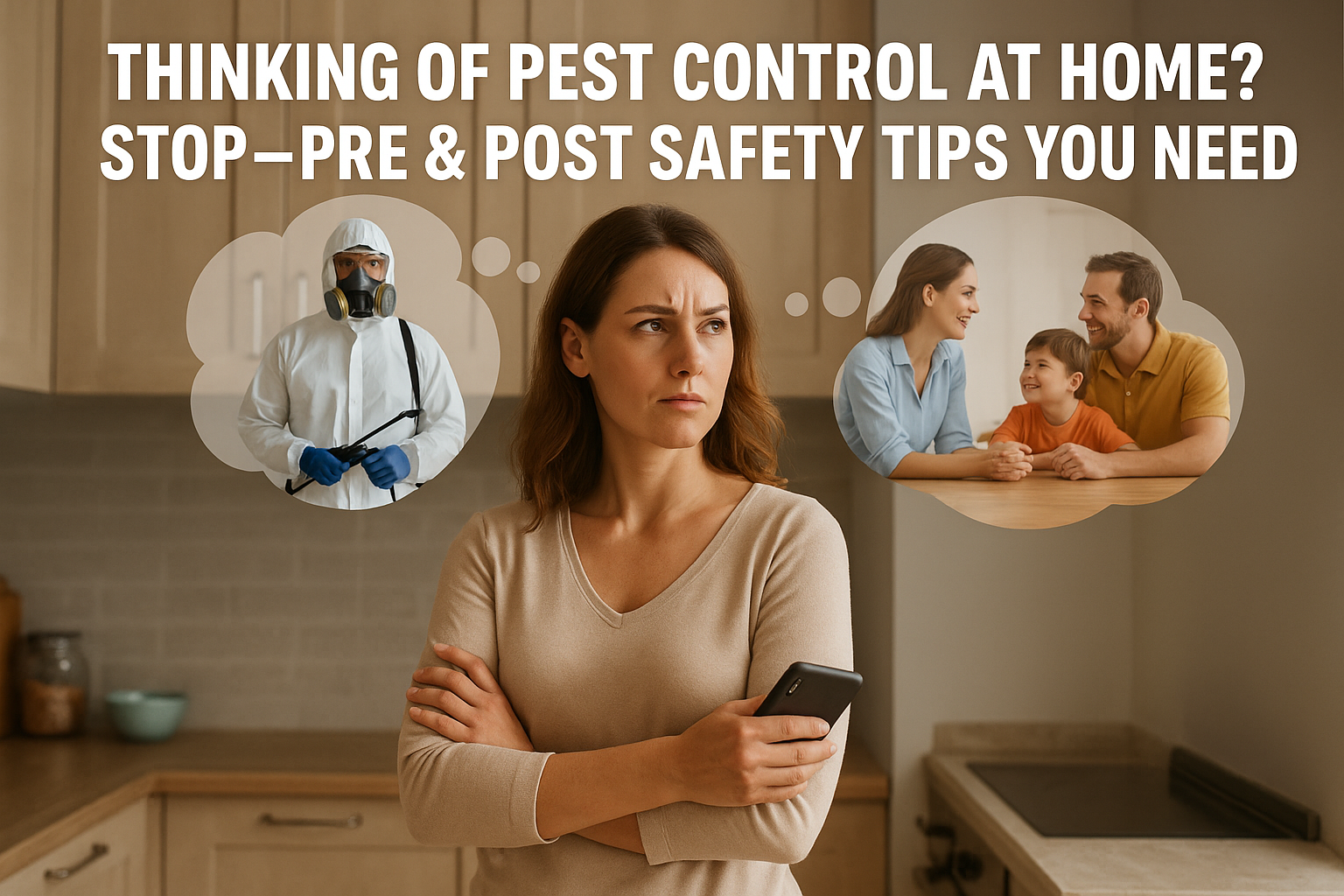



(0) Comments